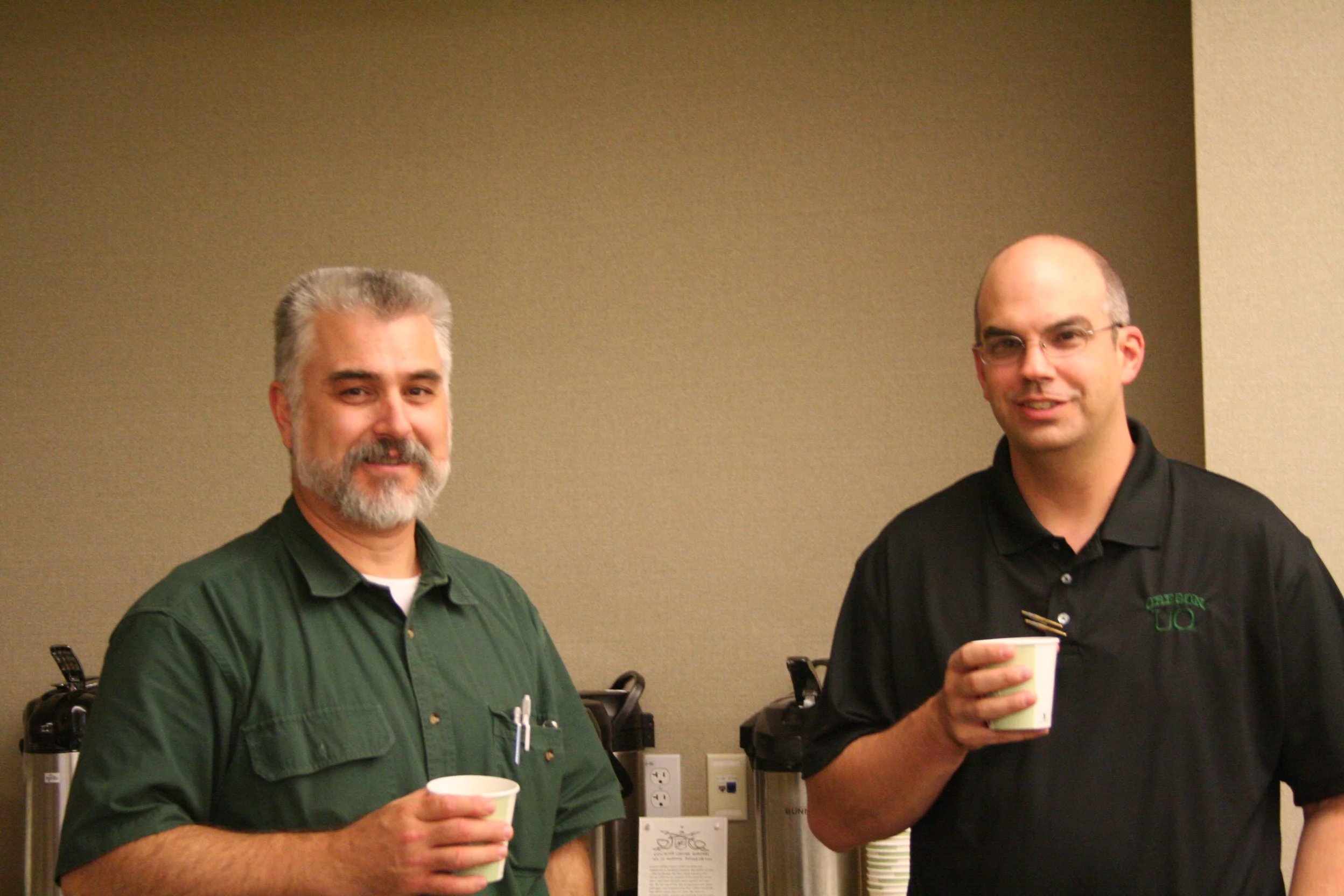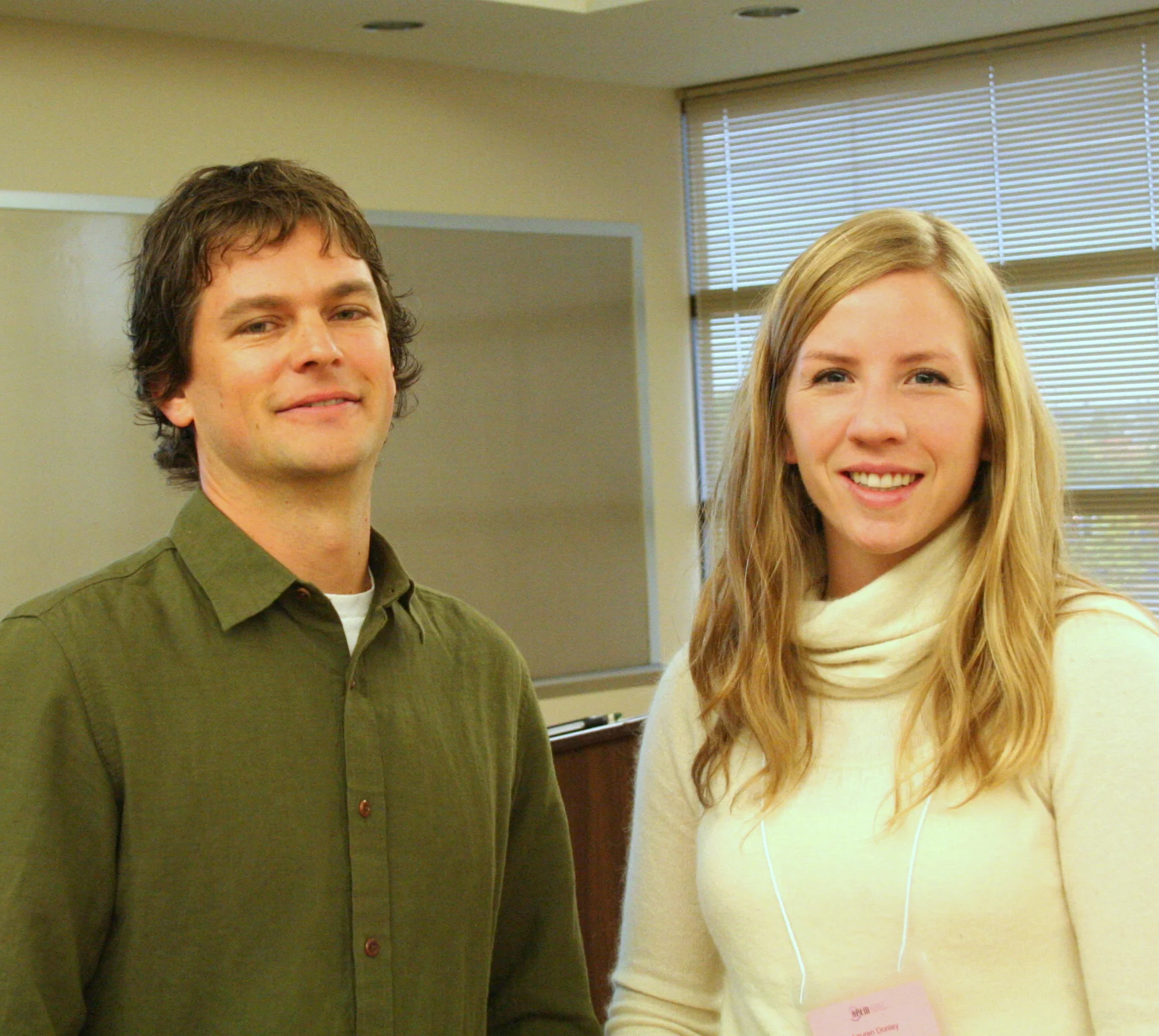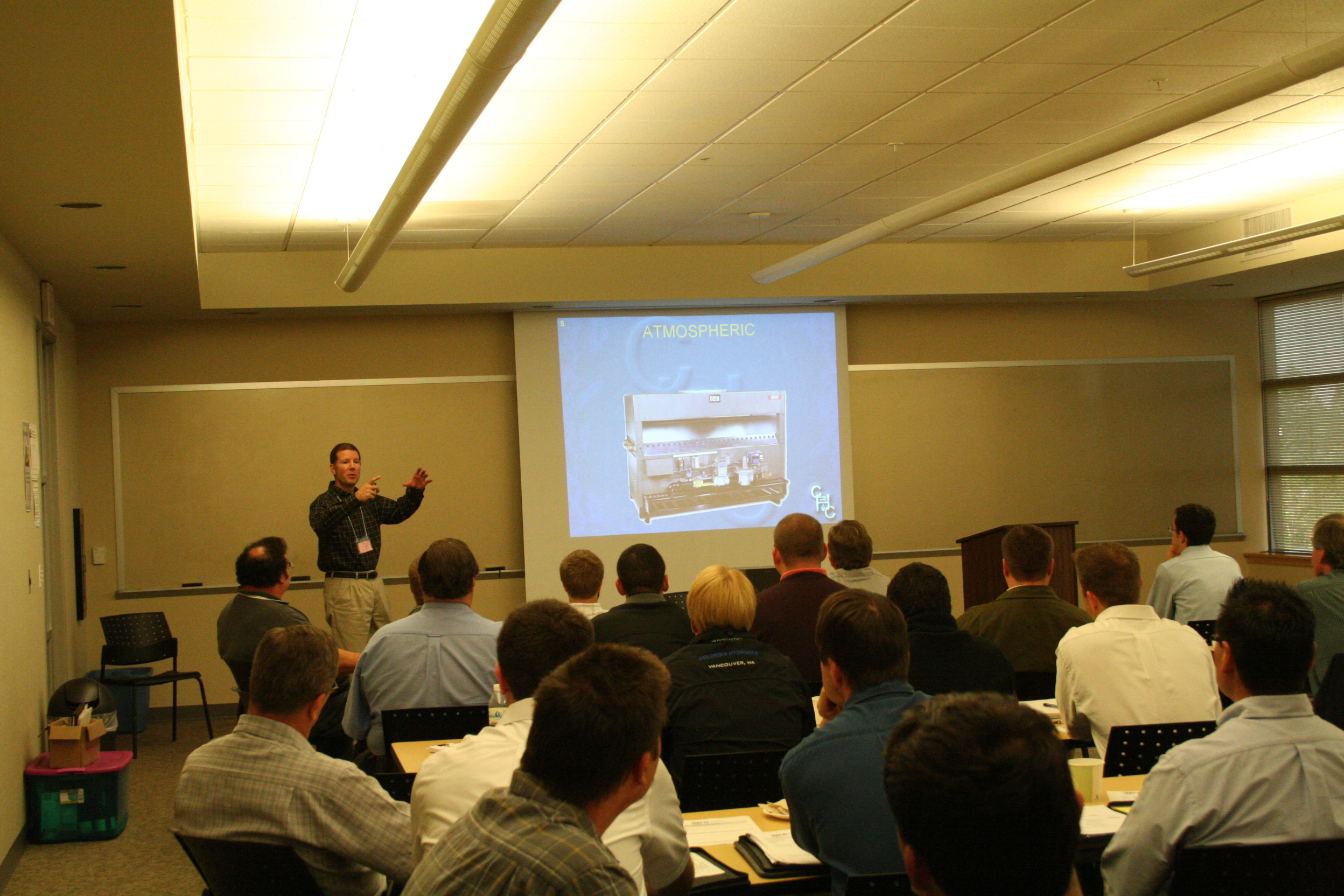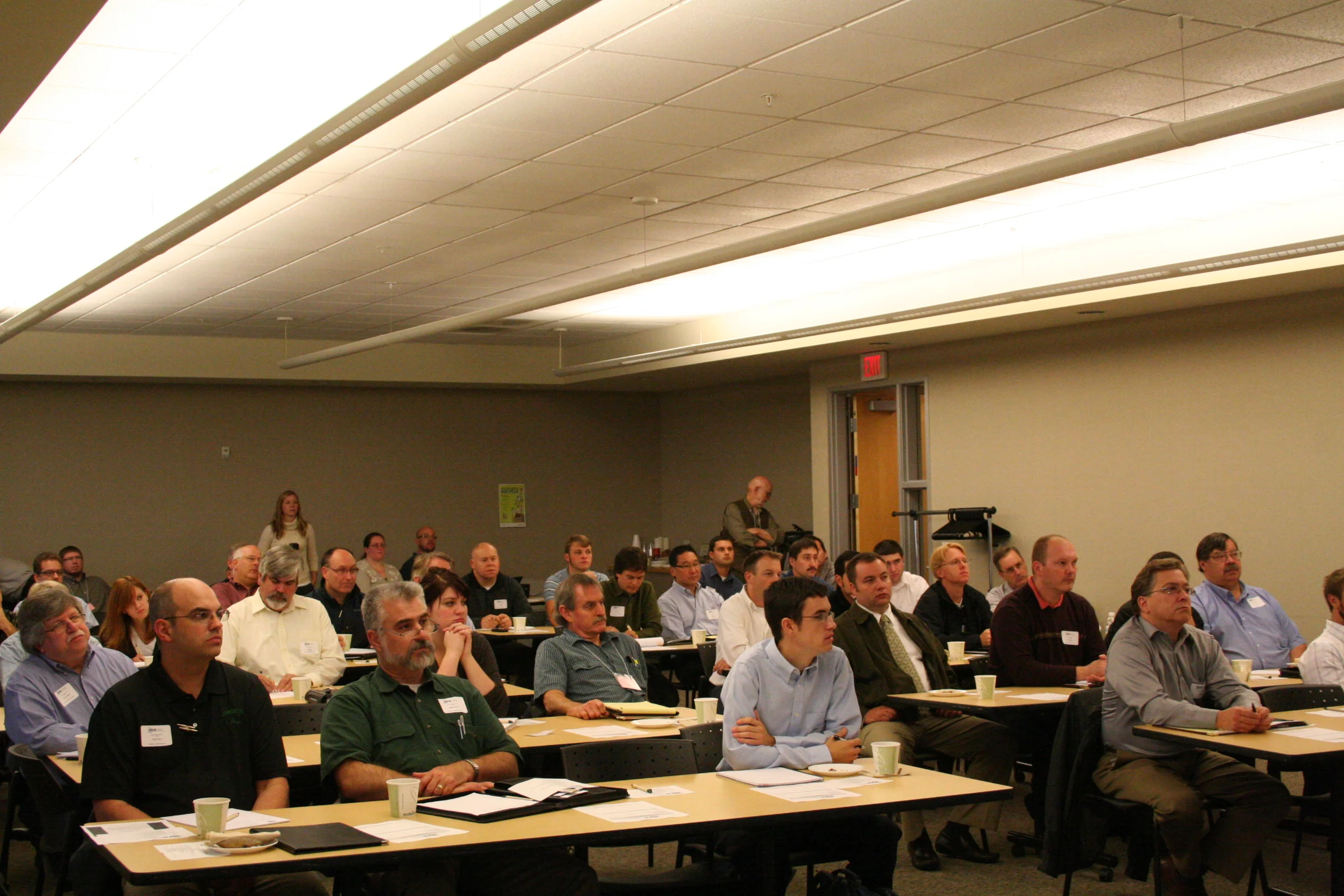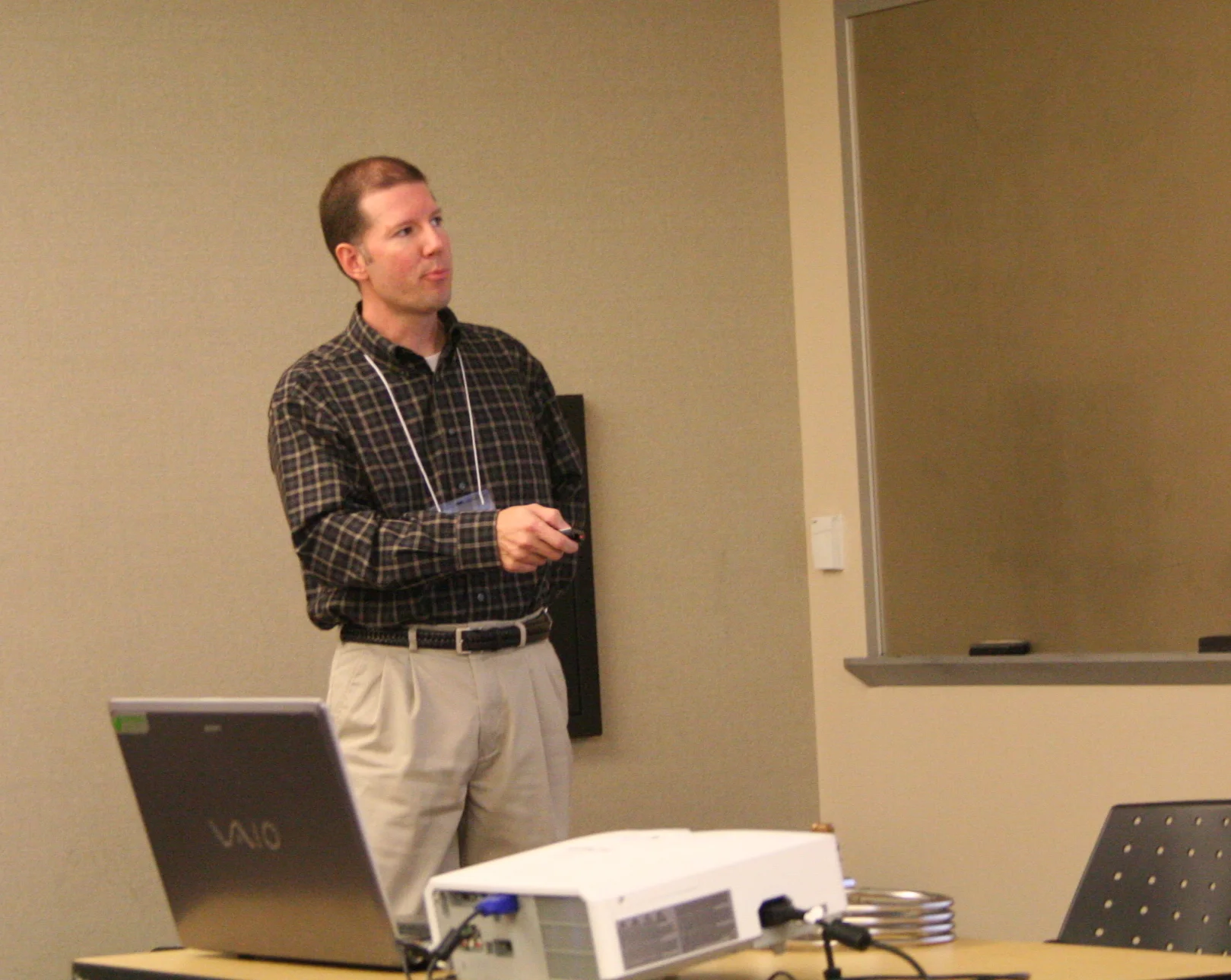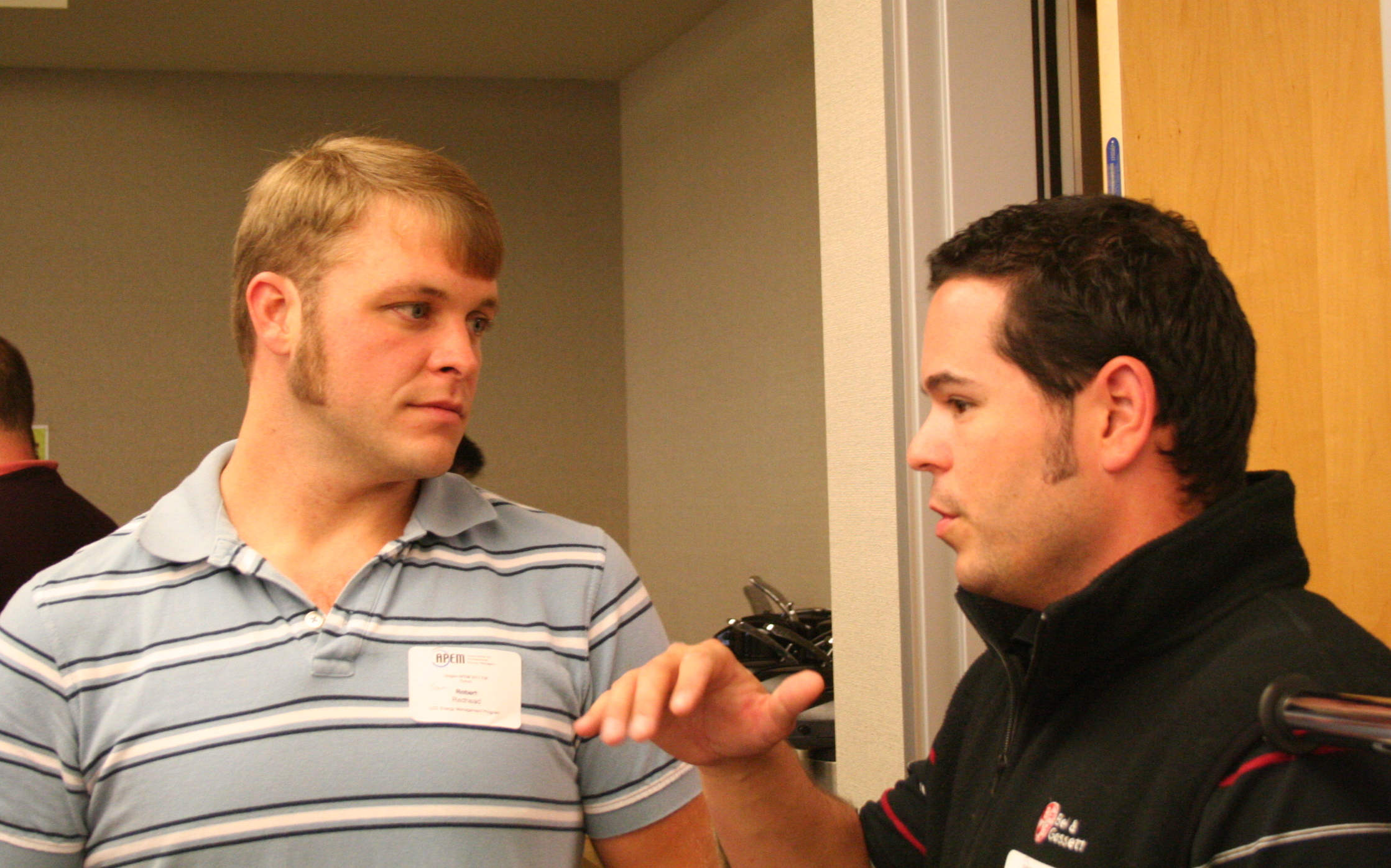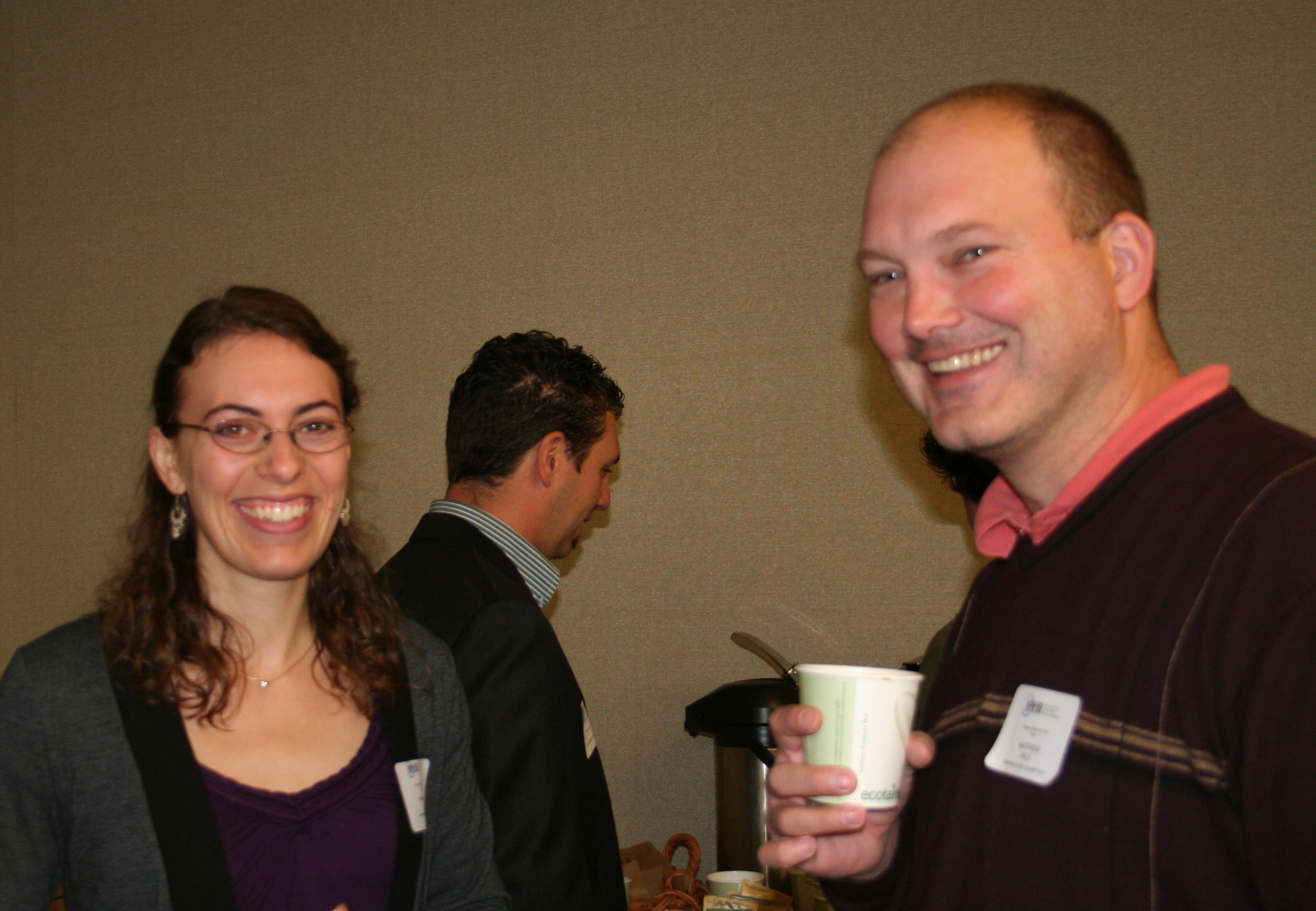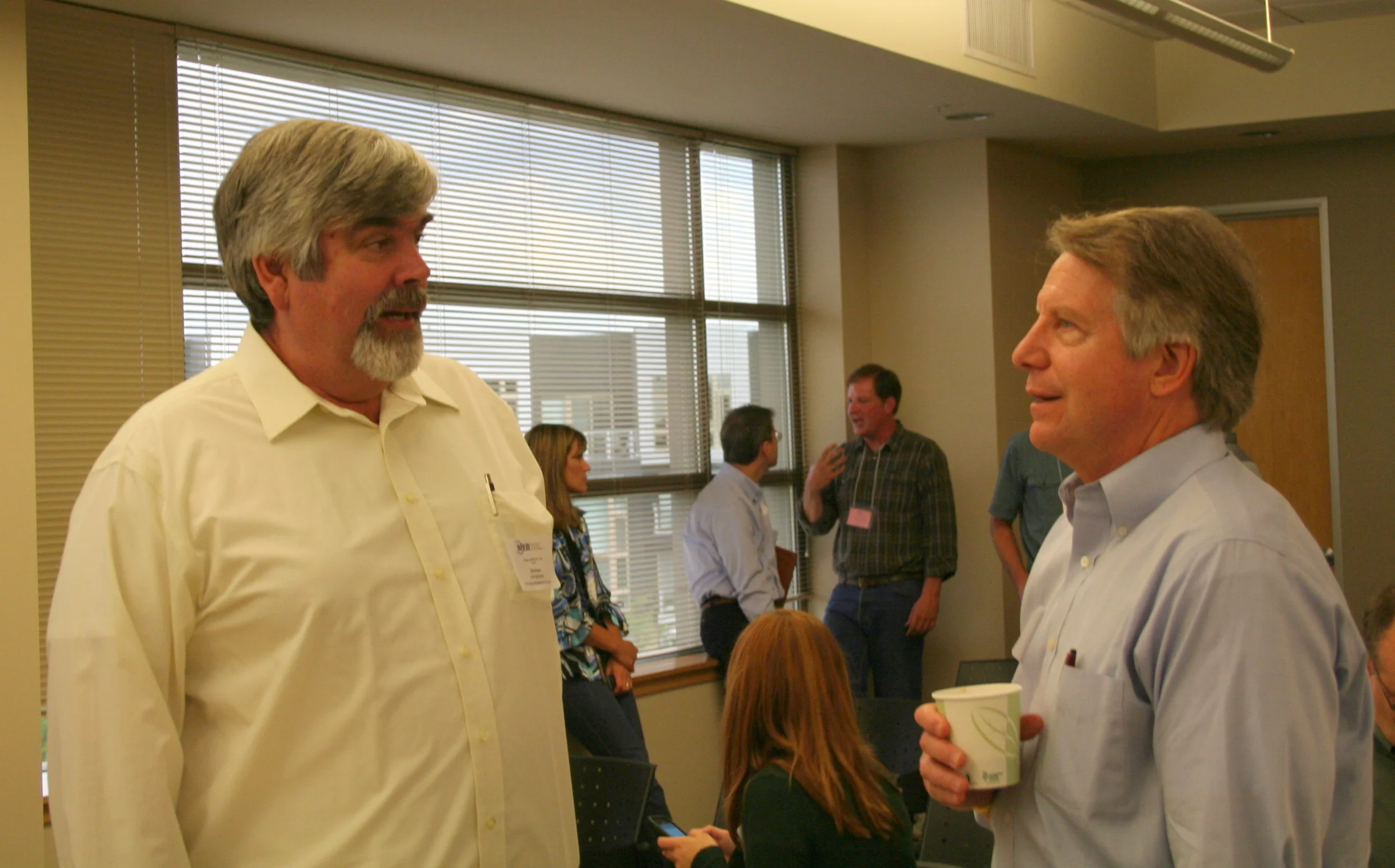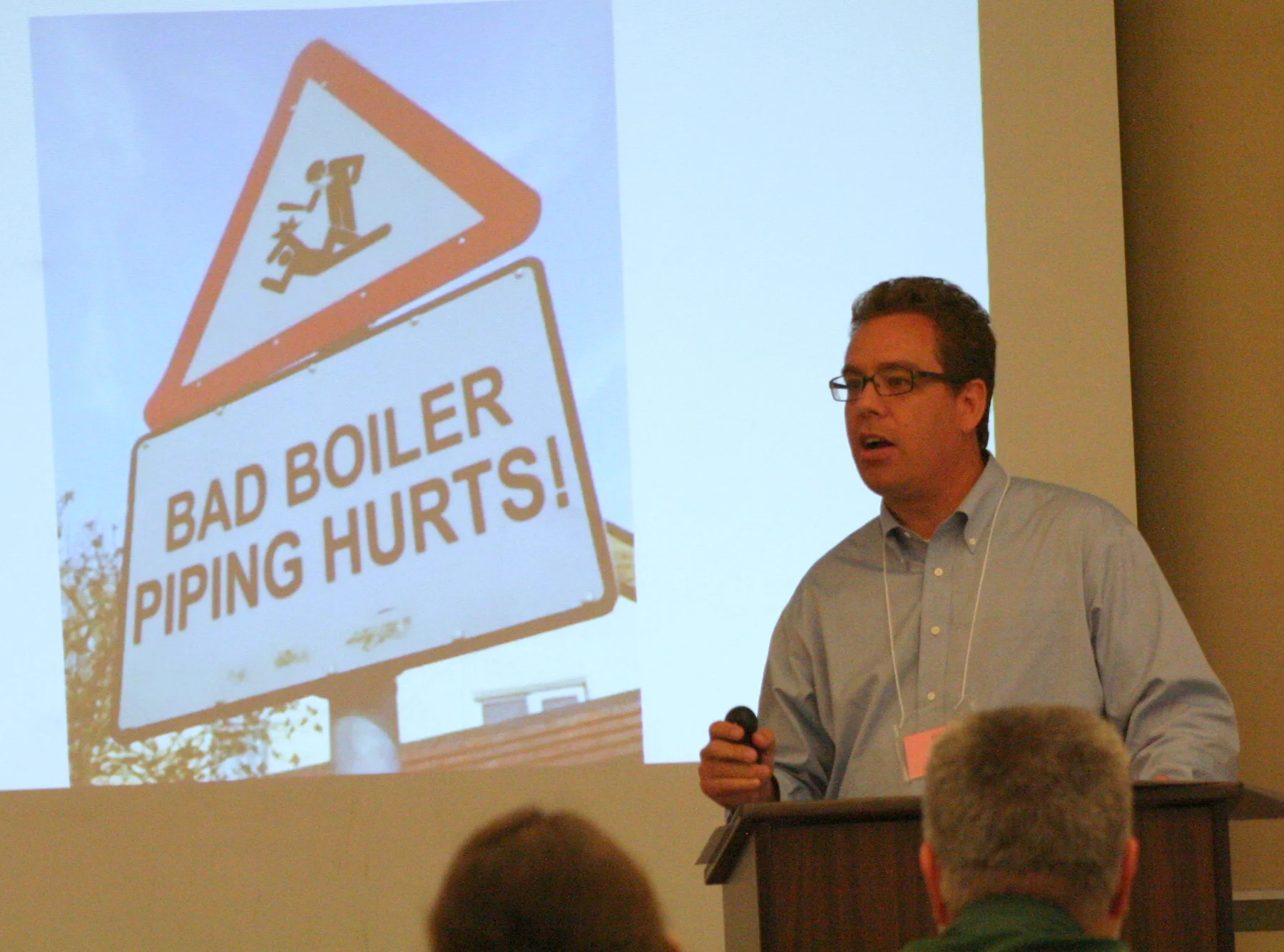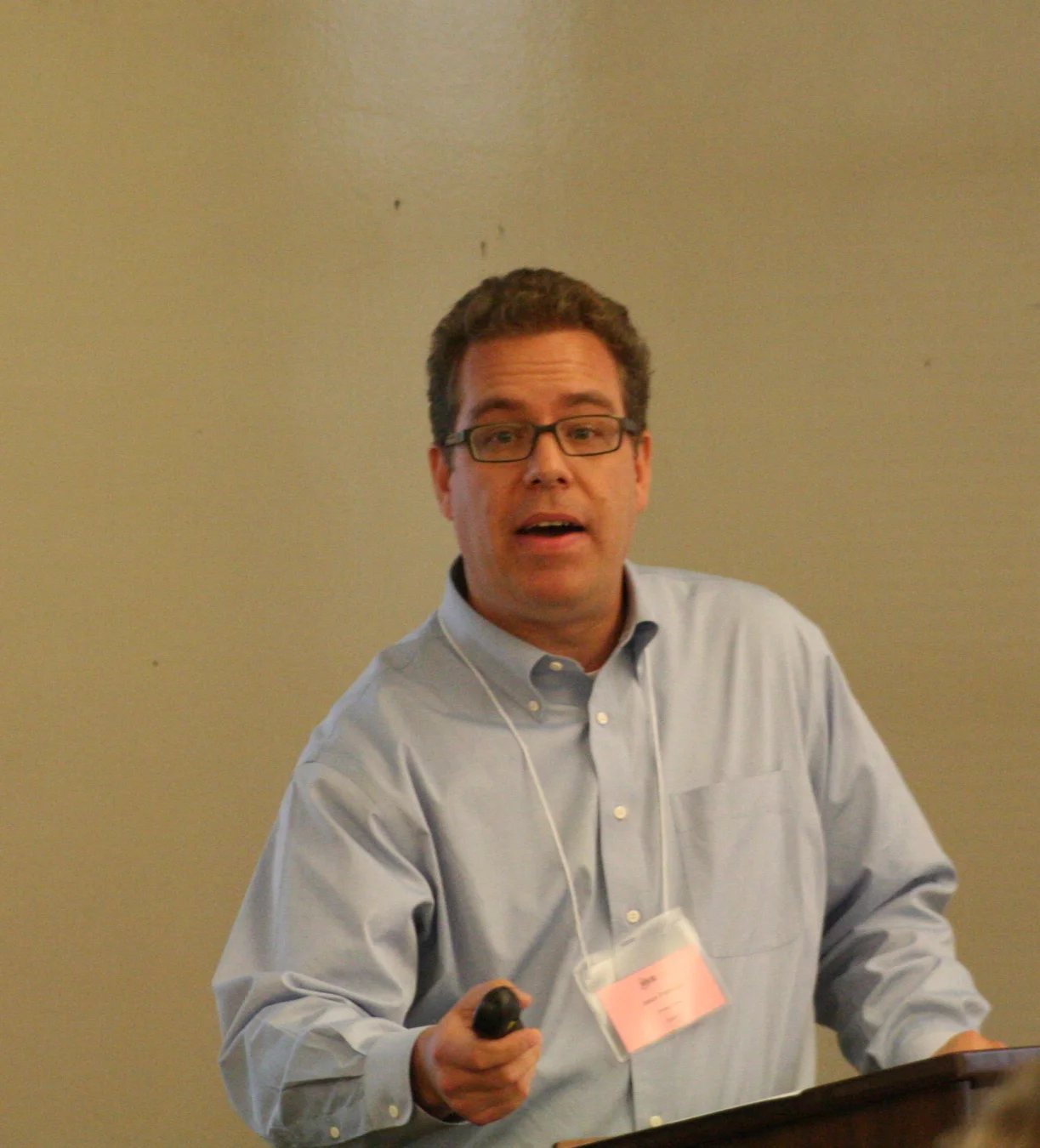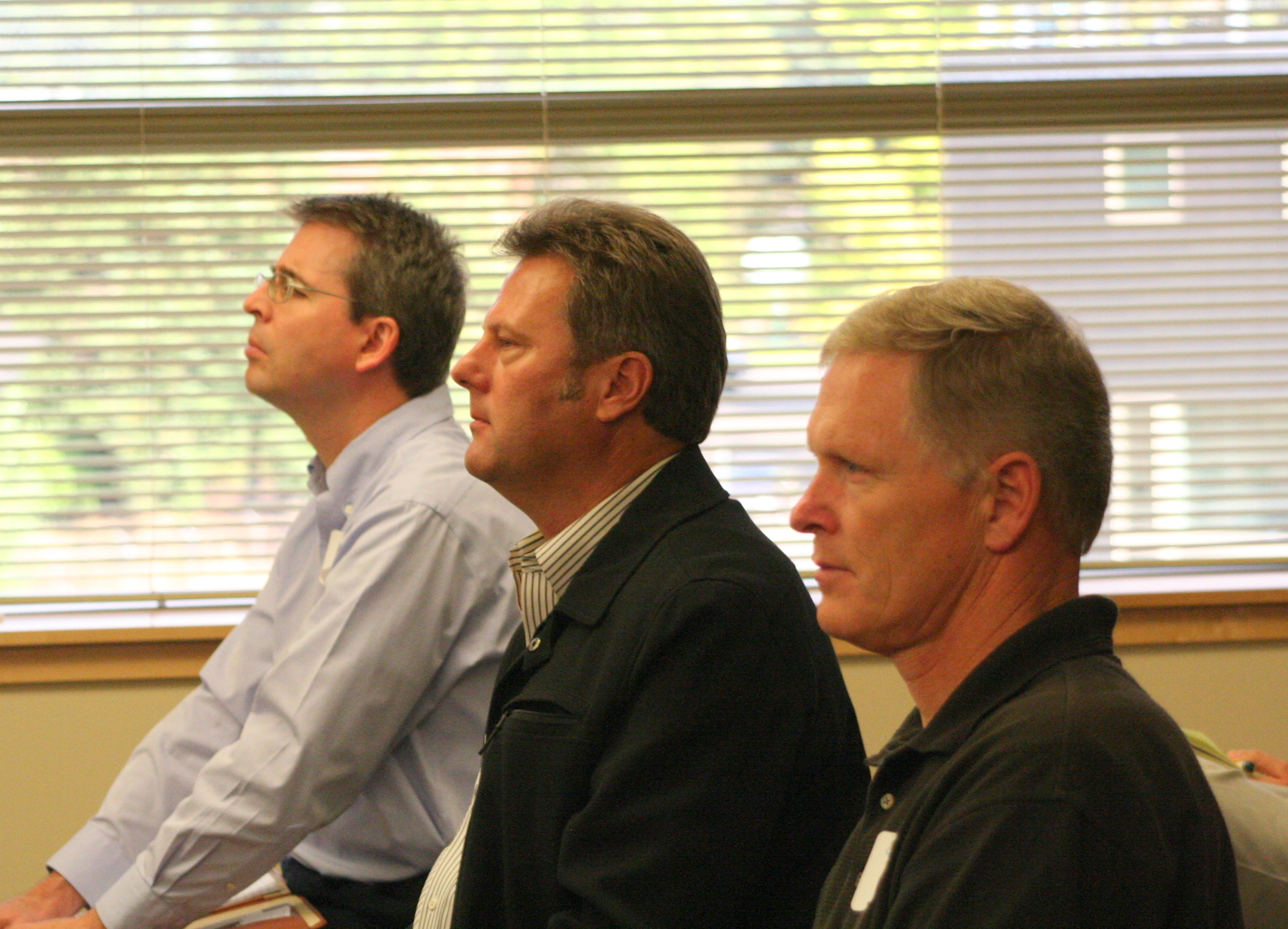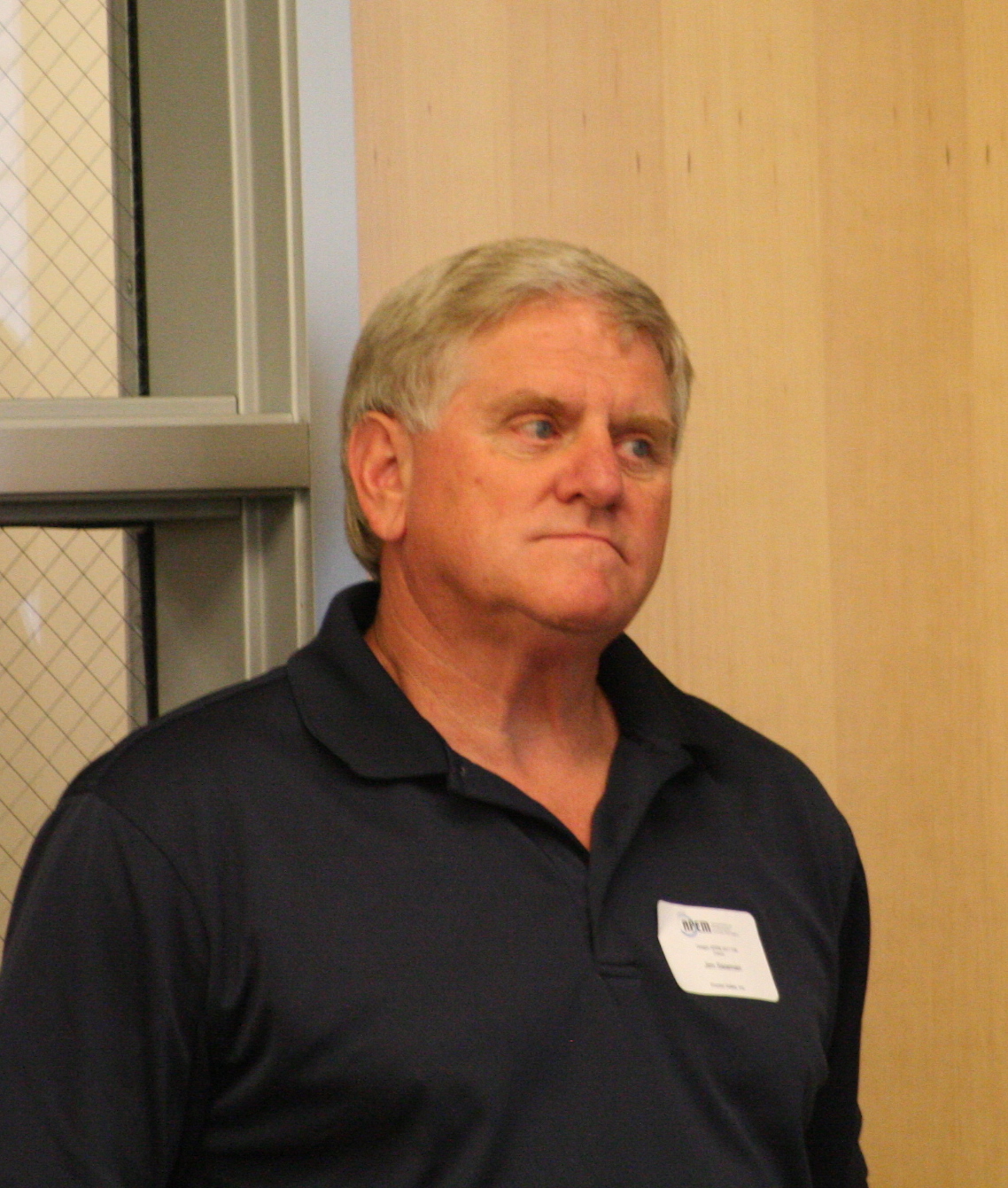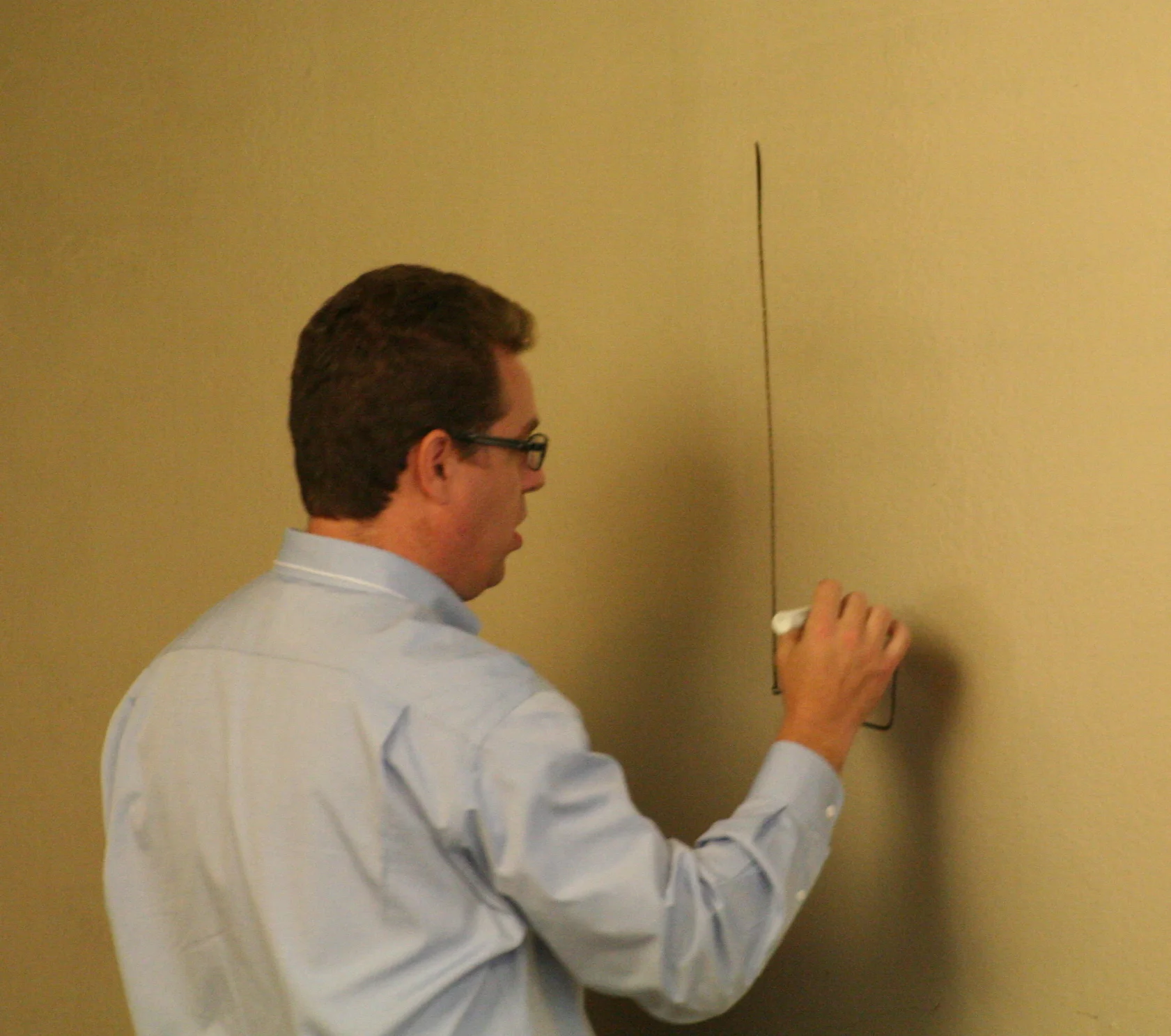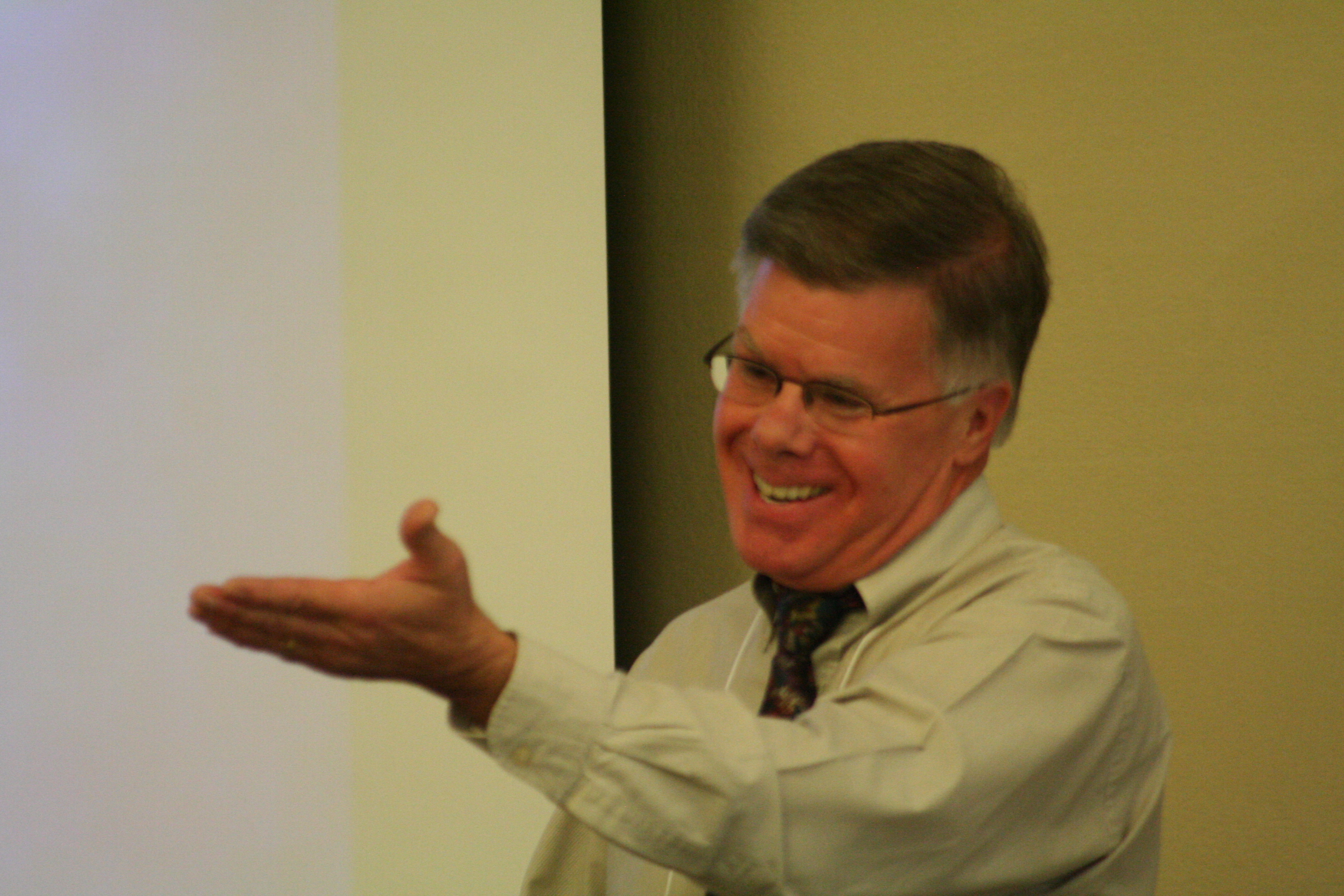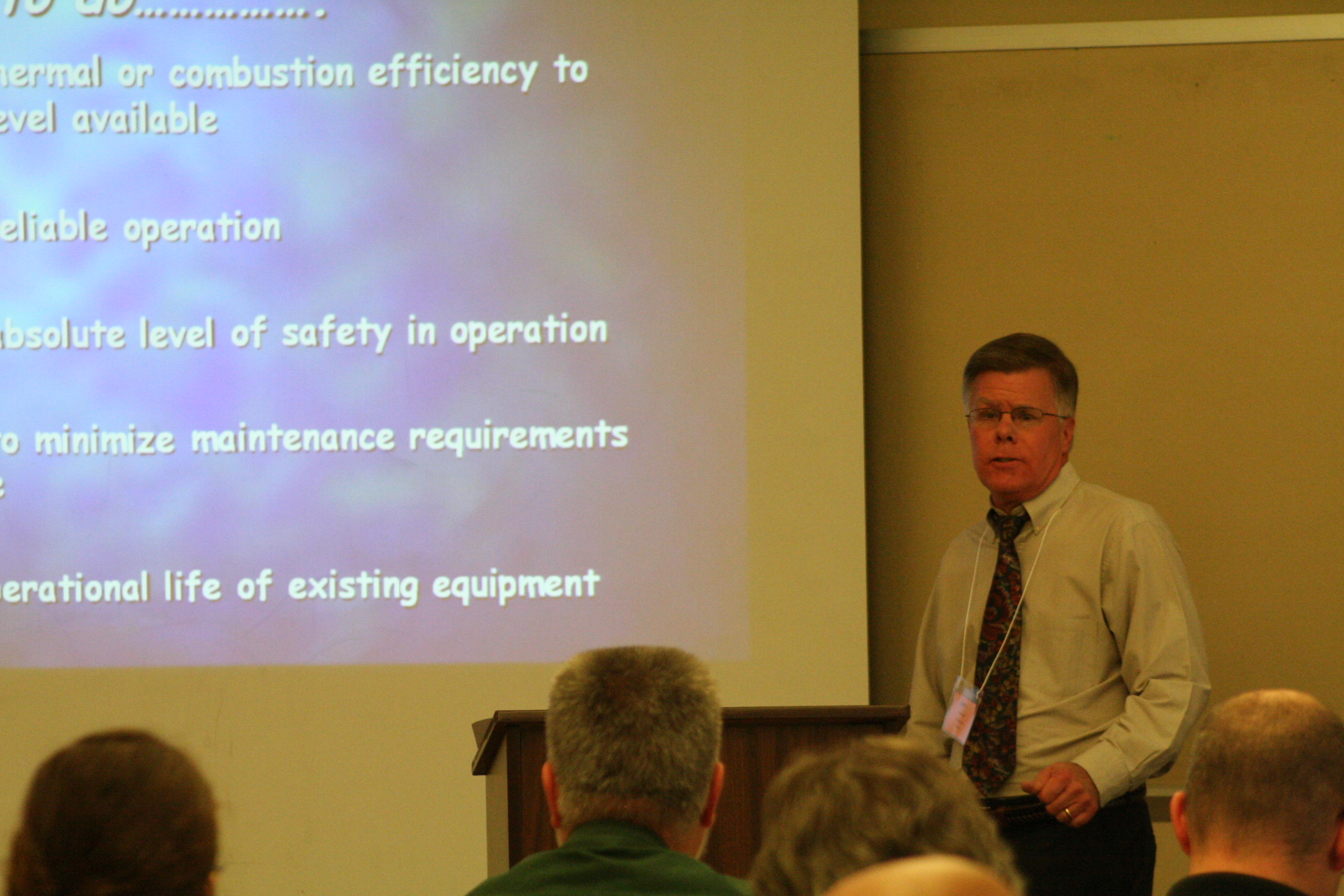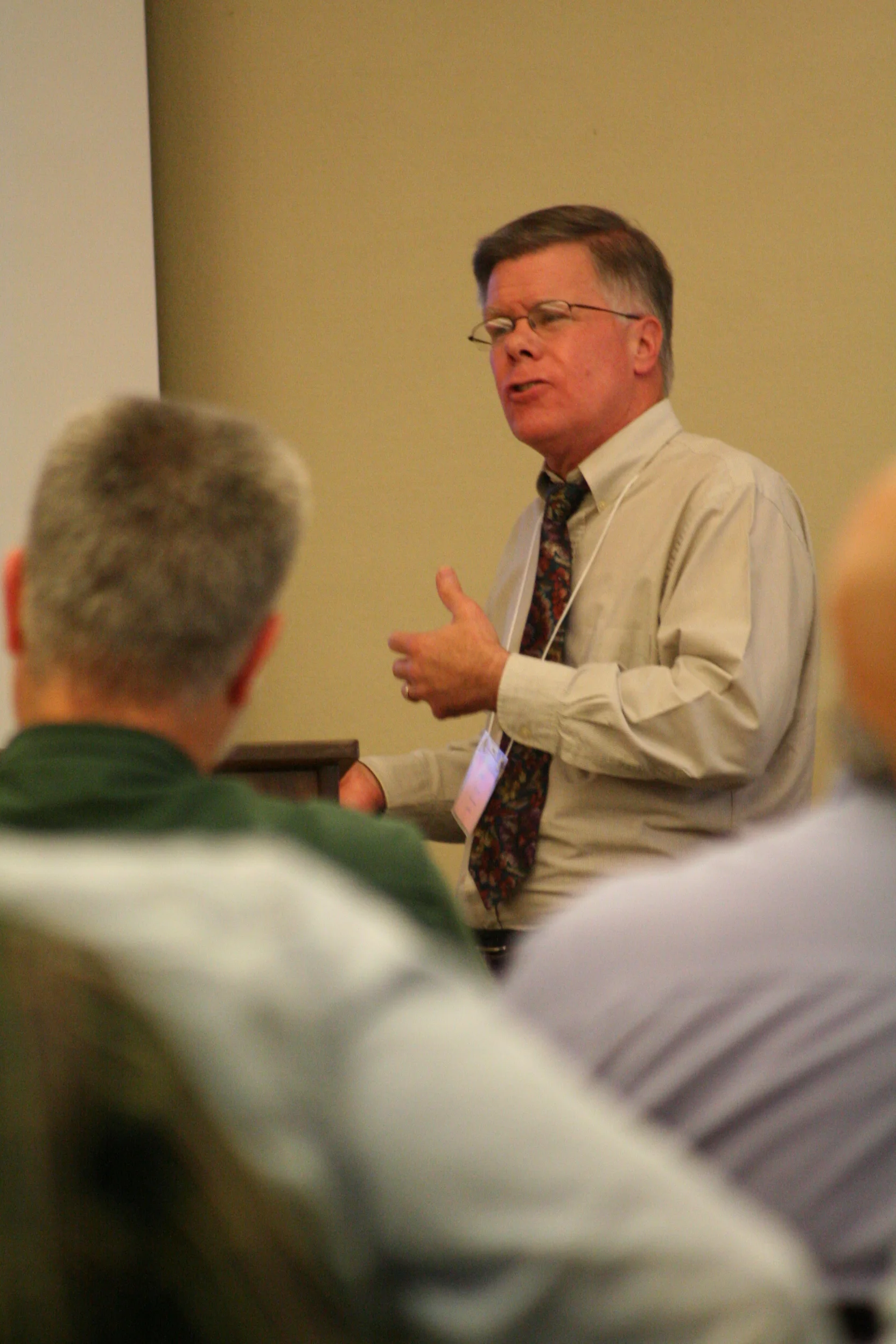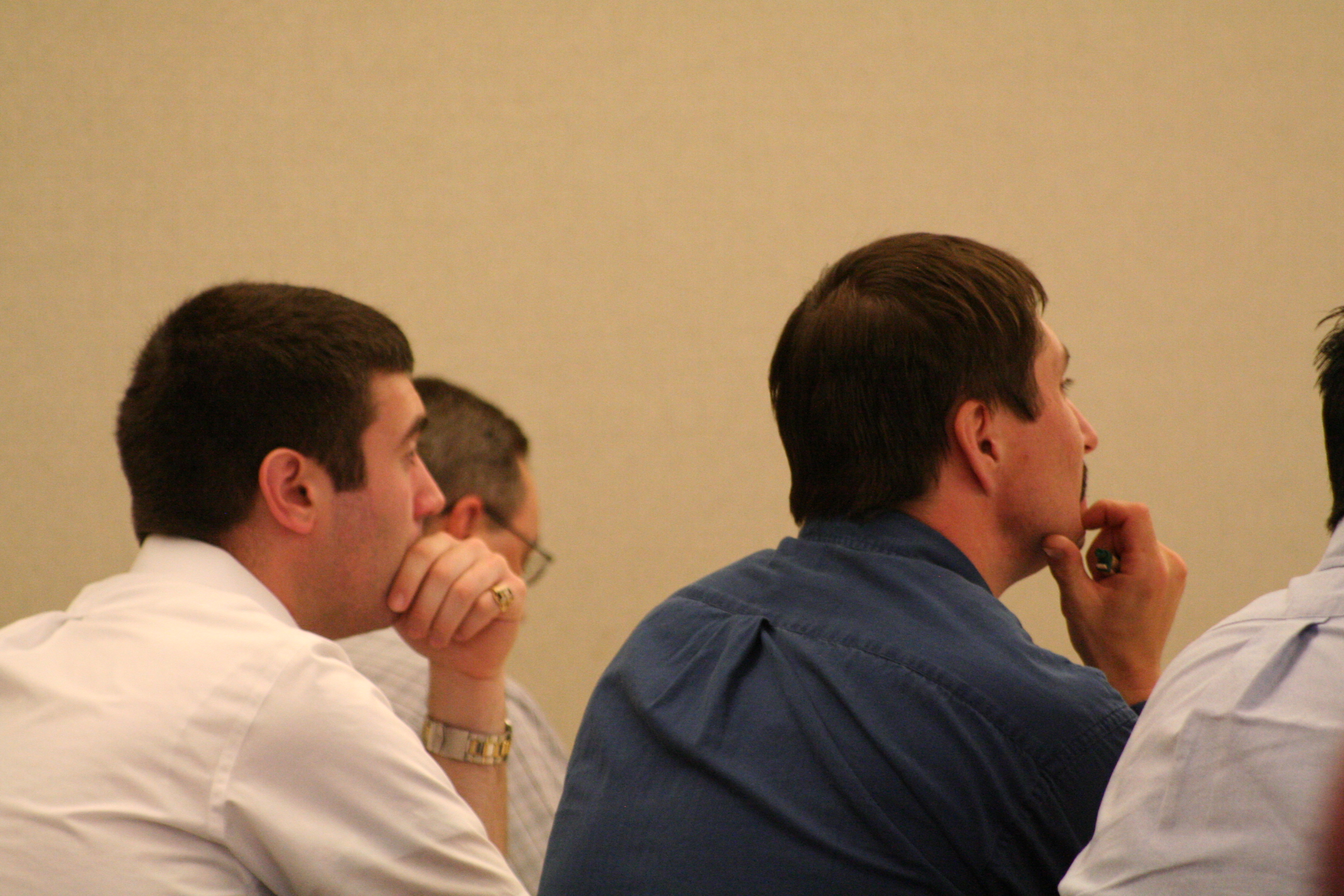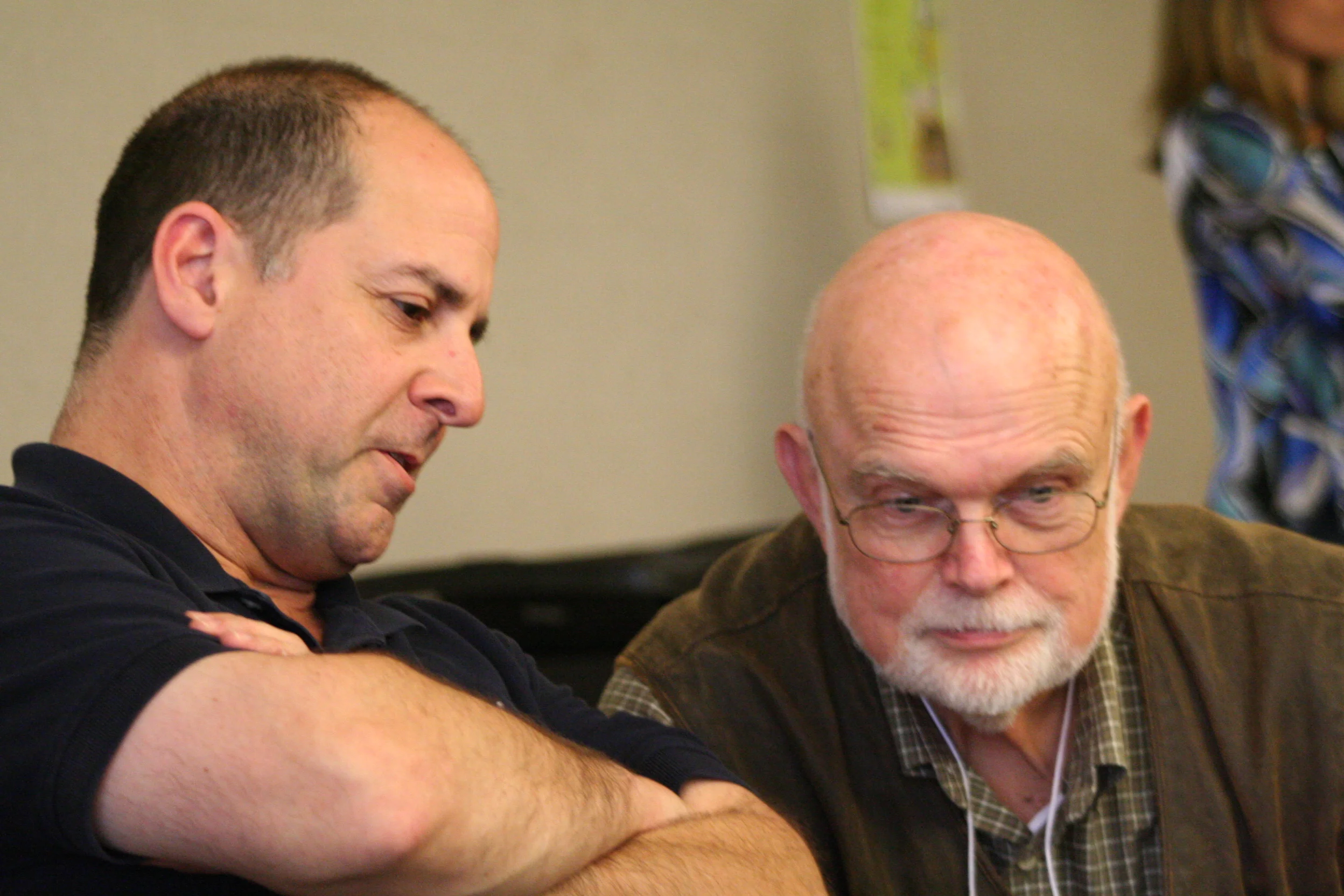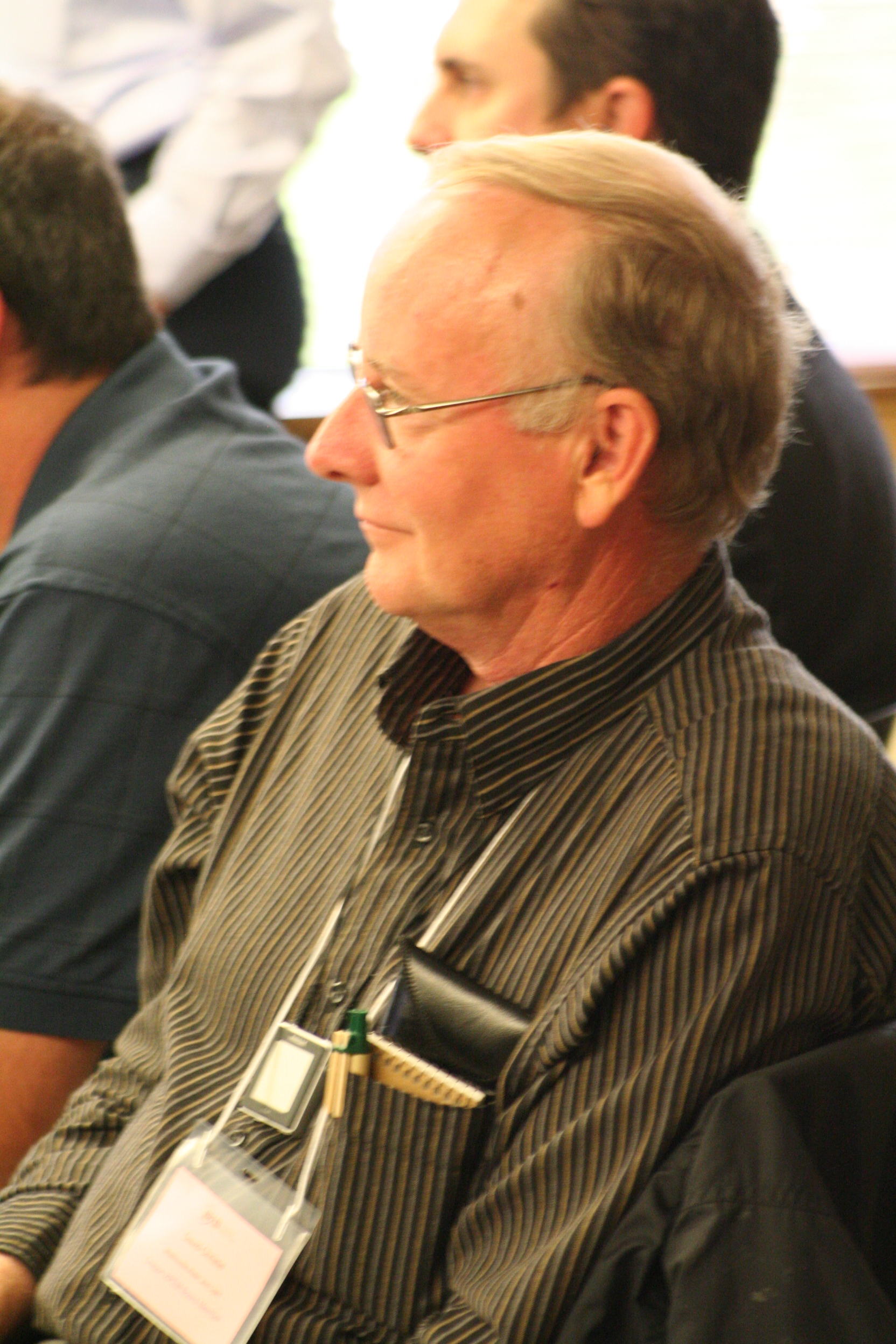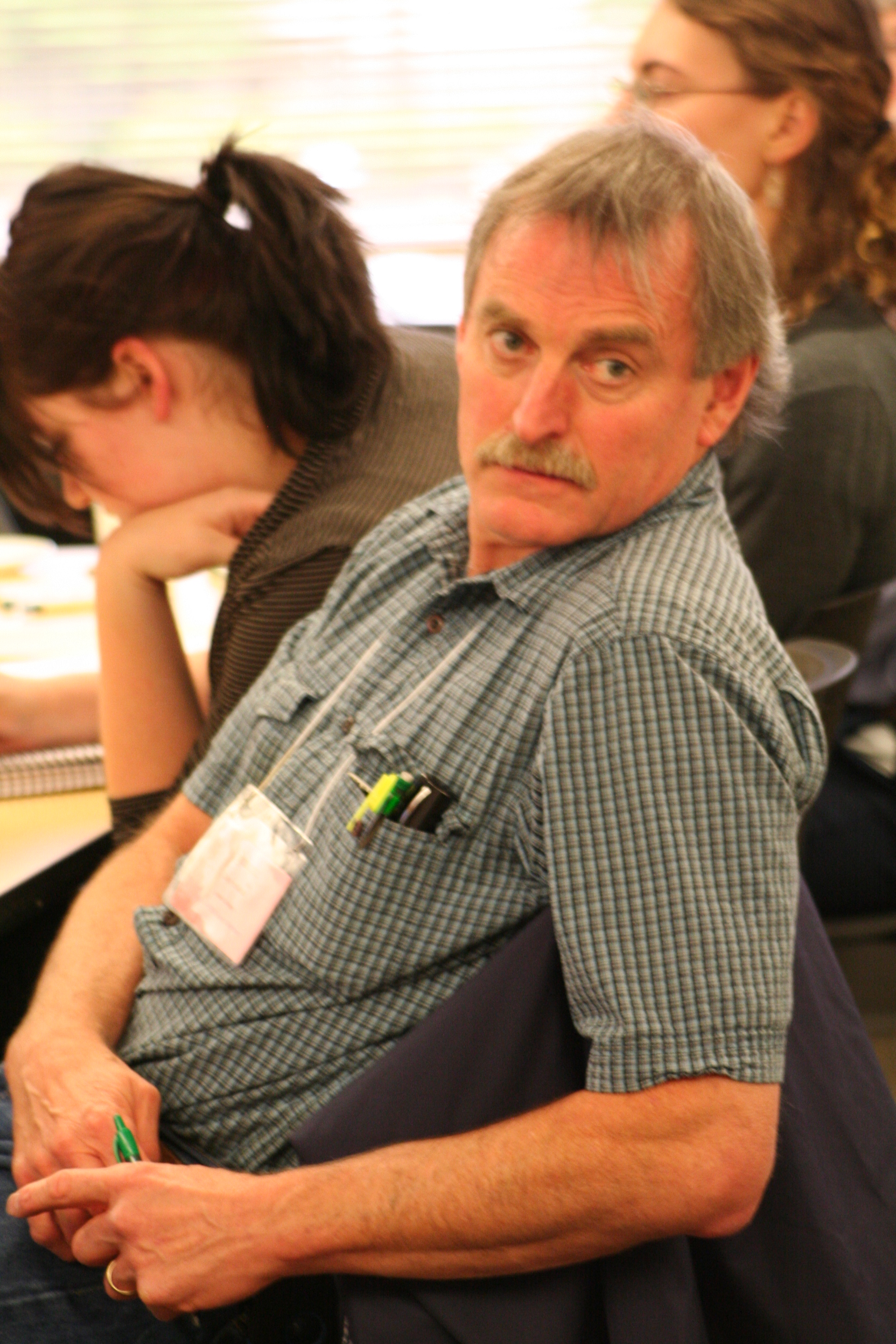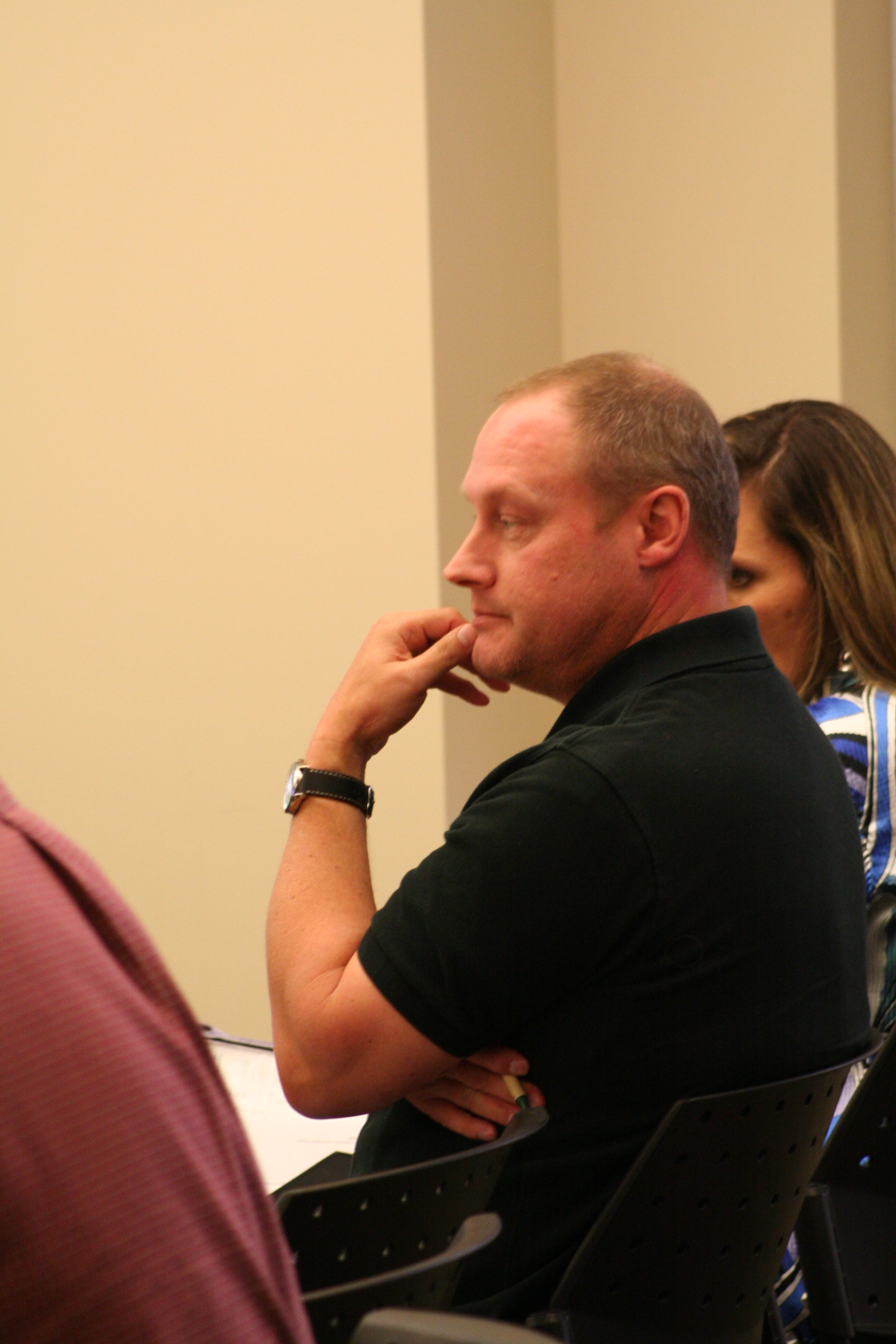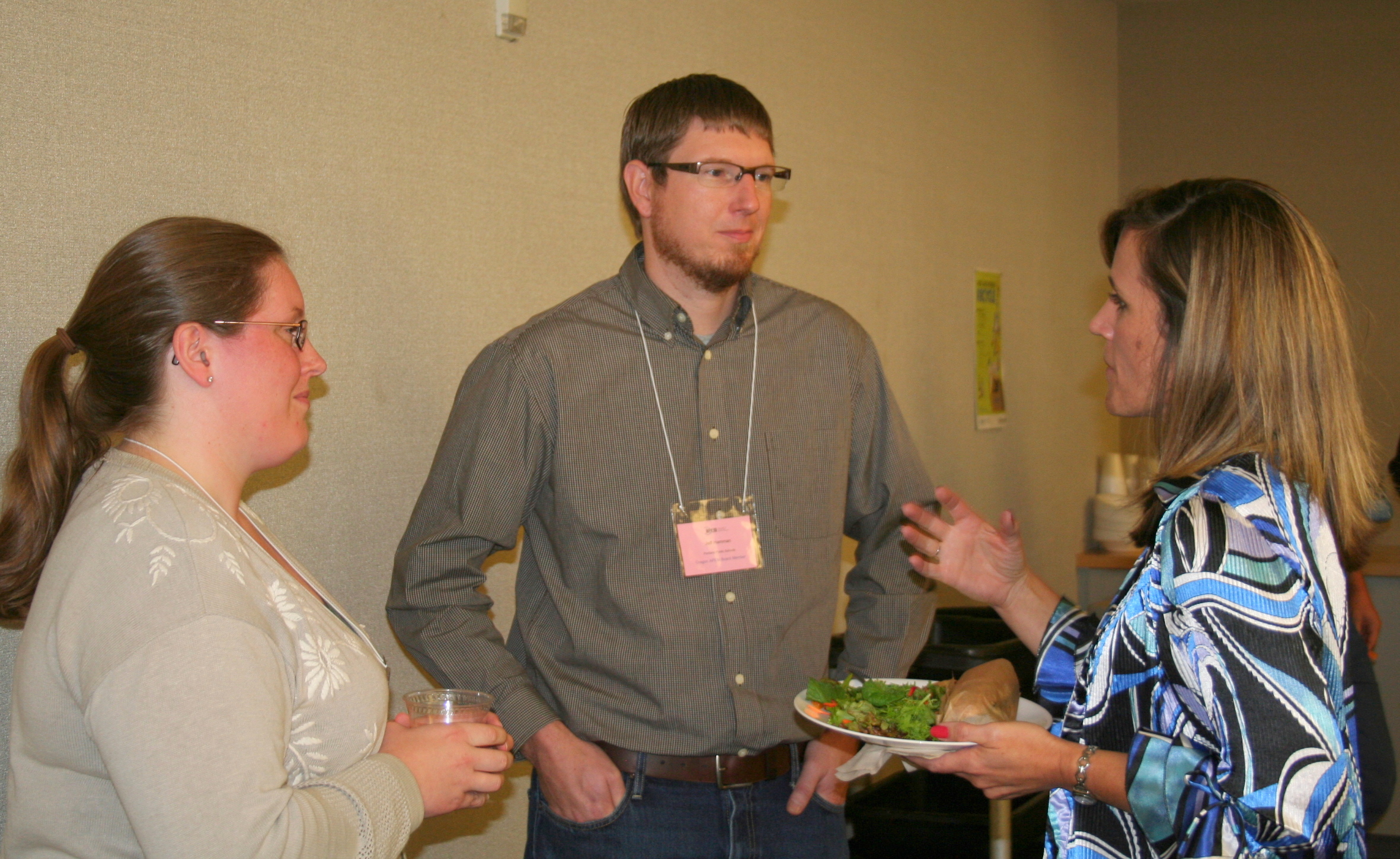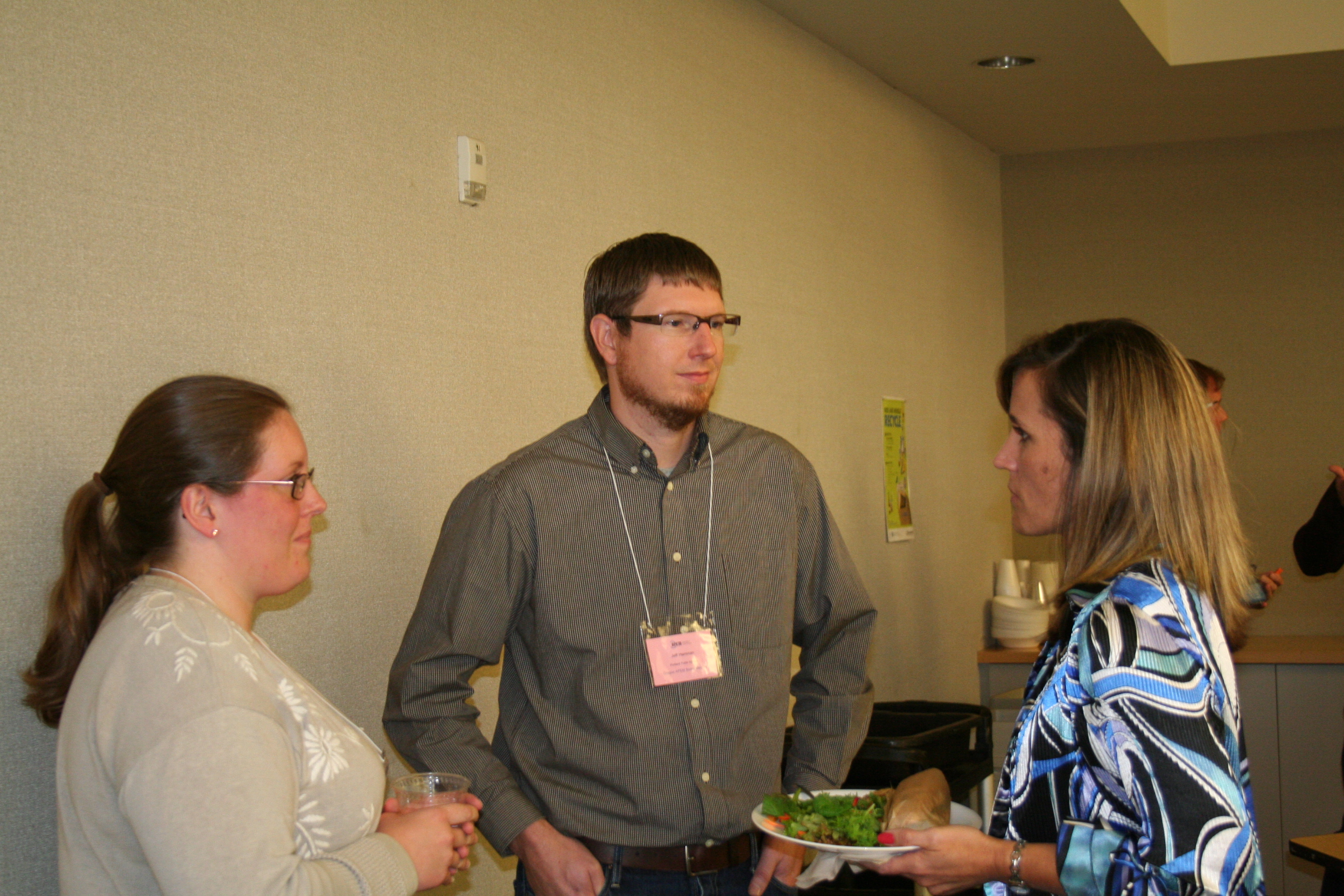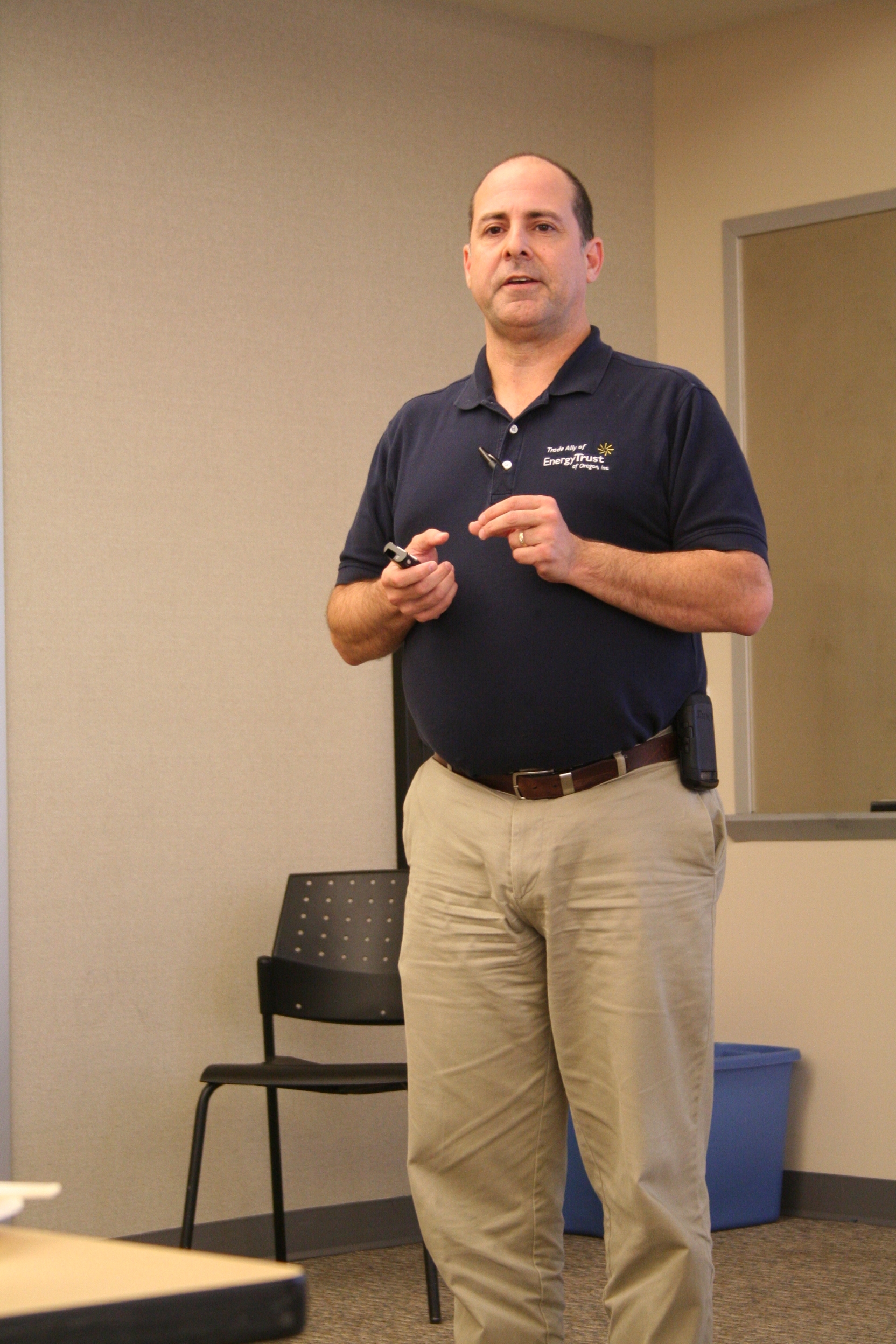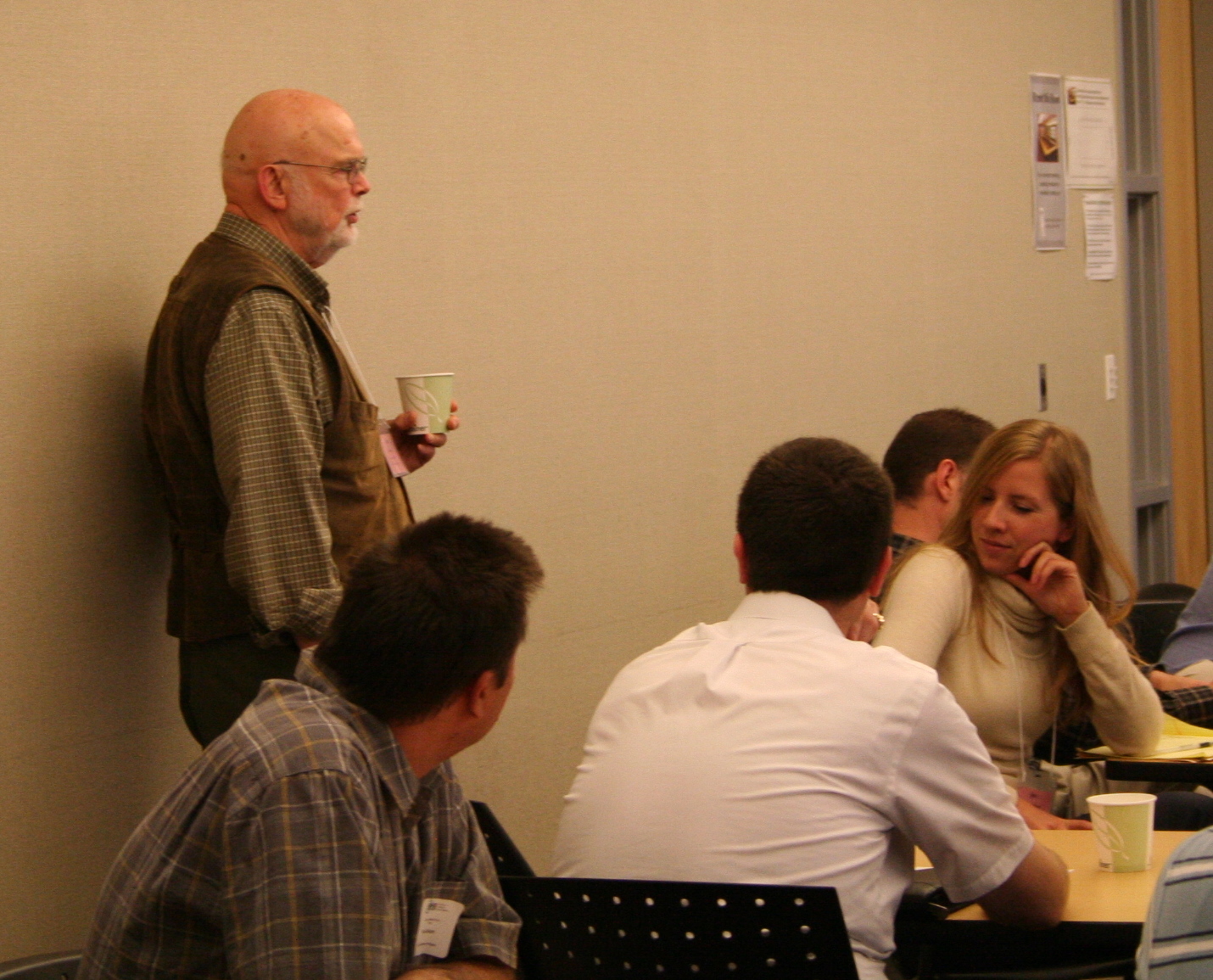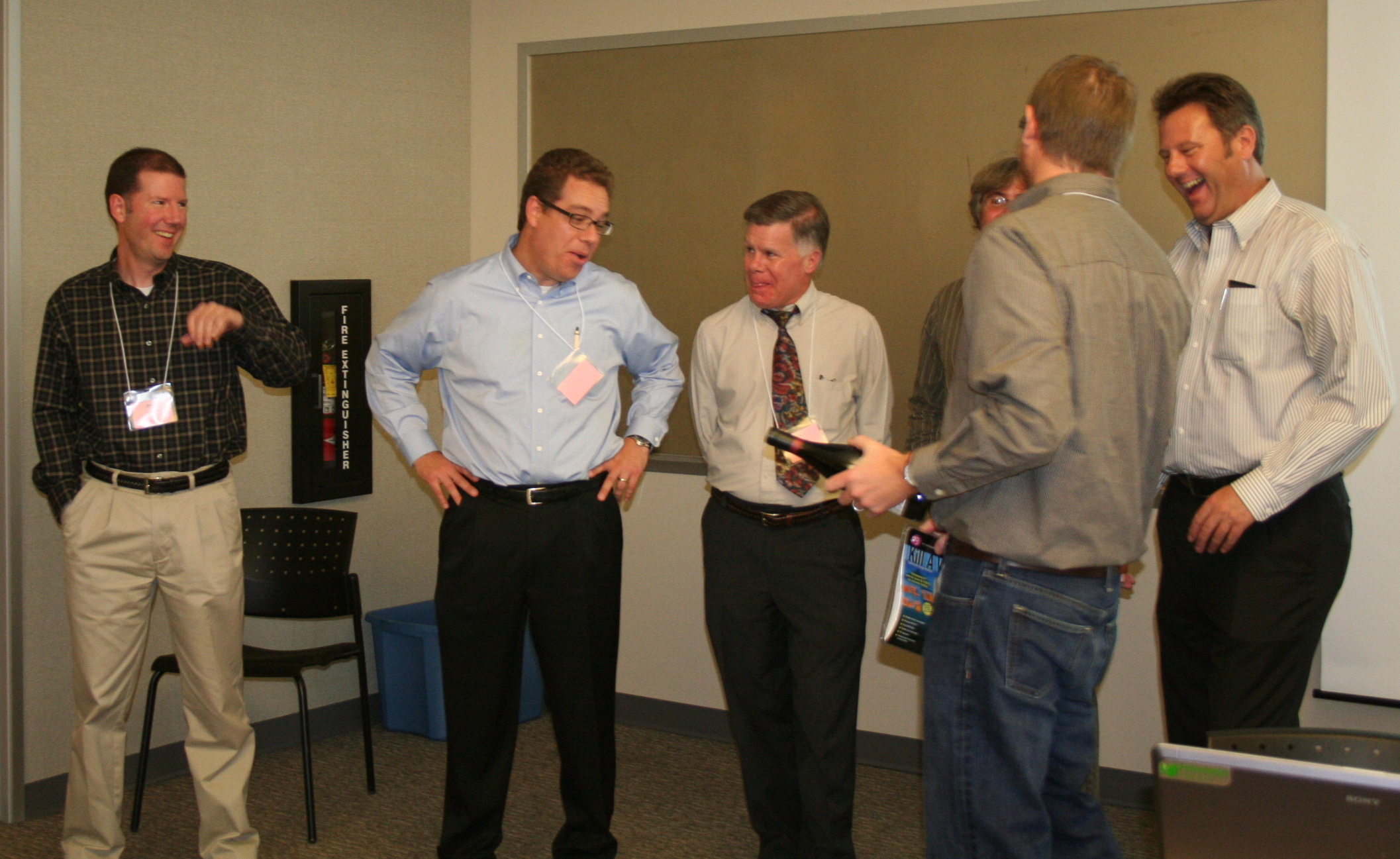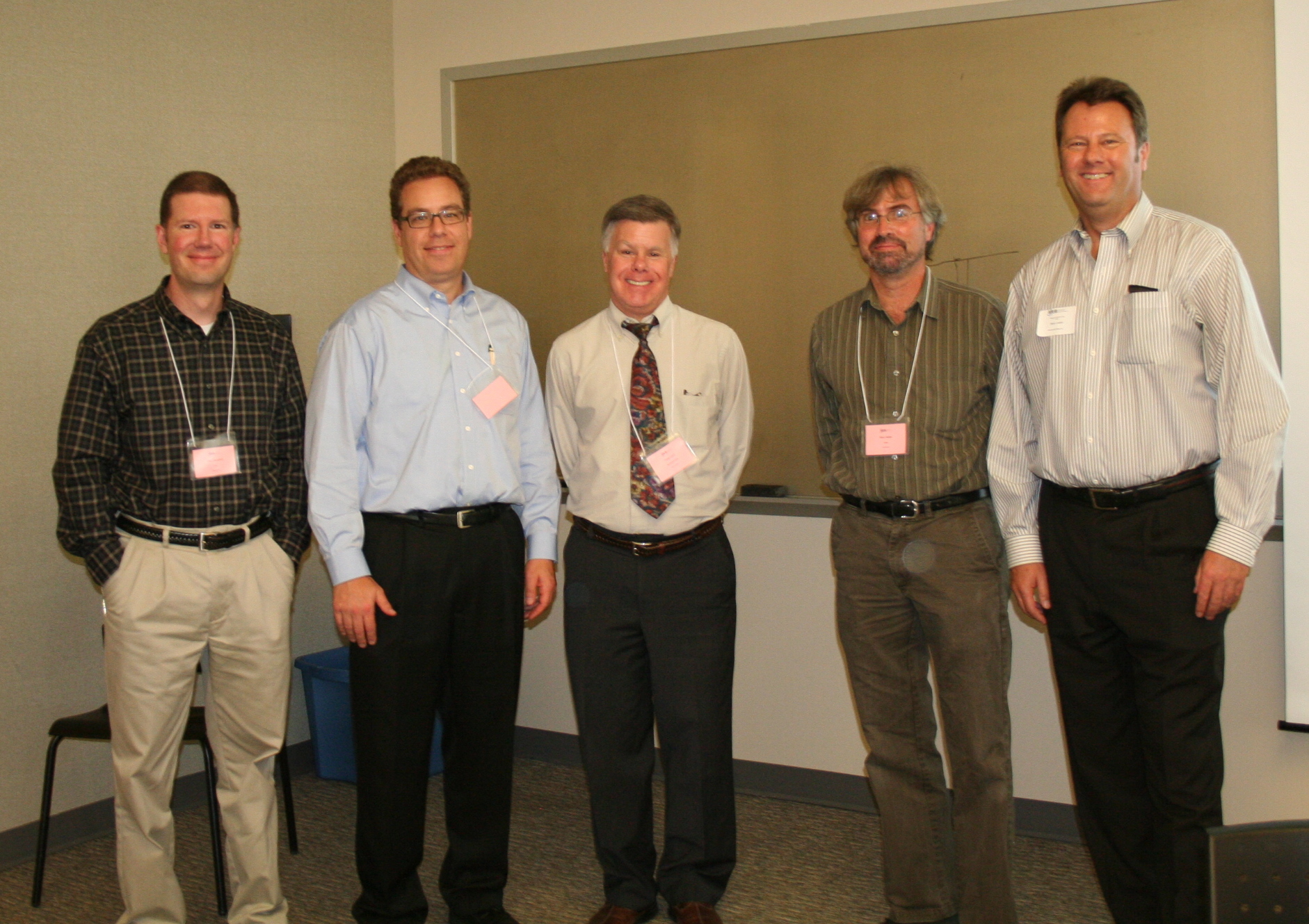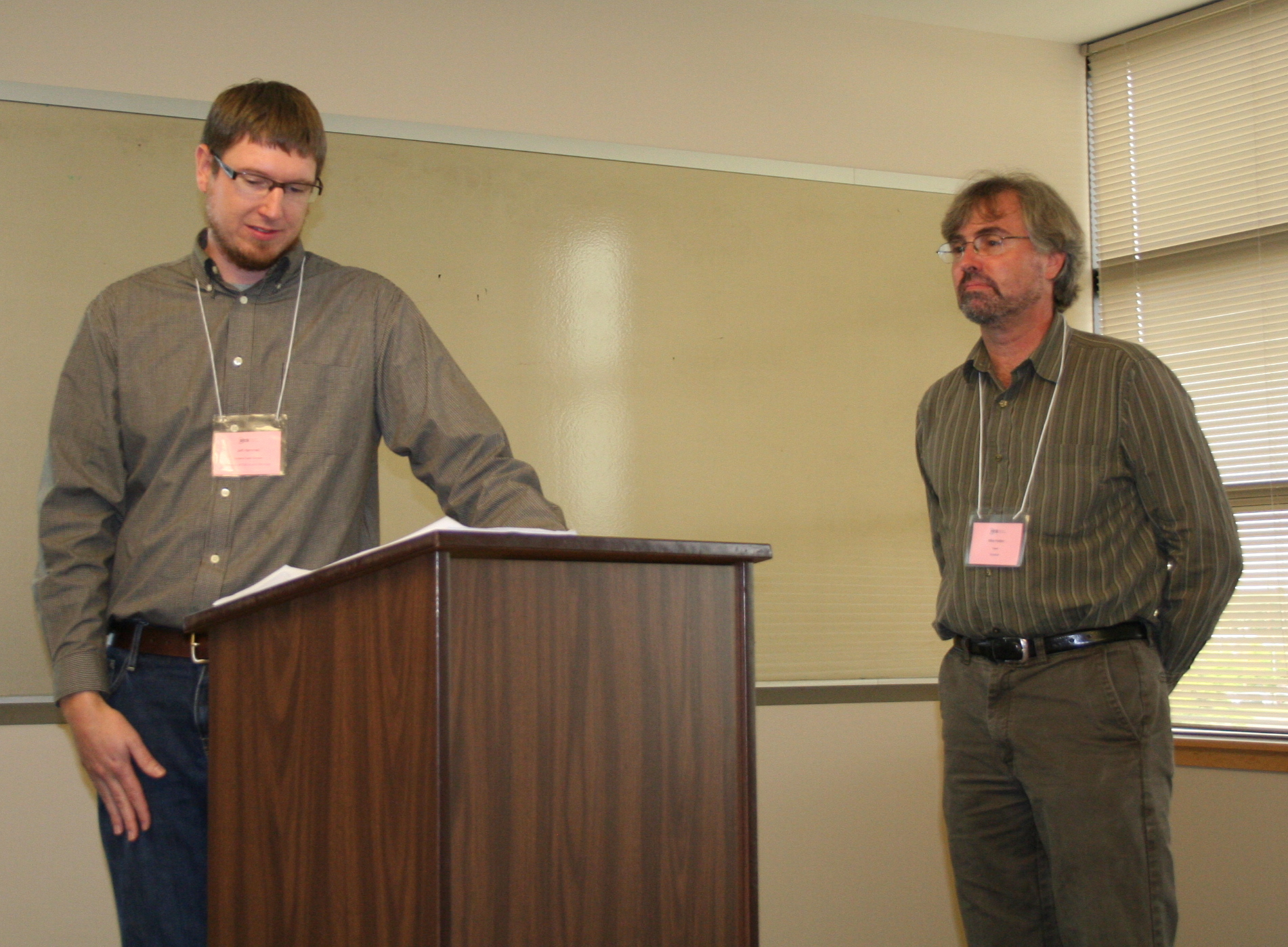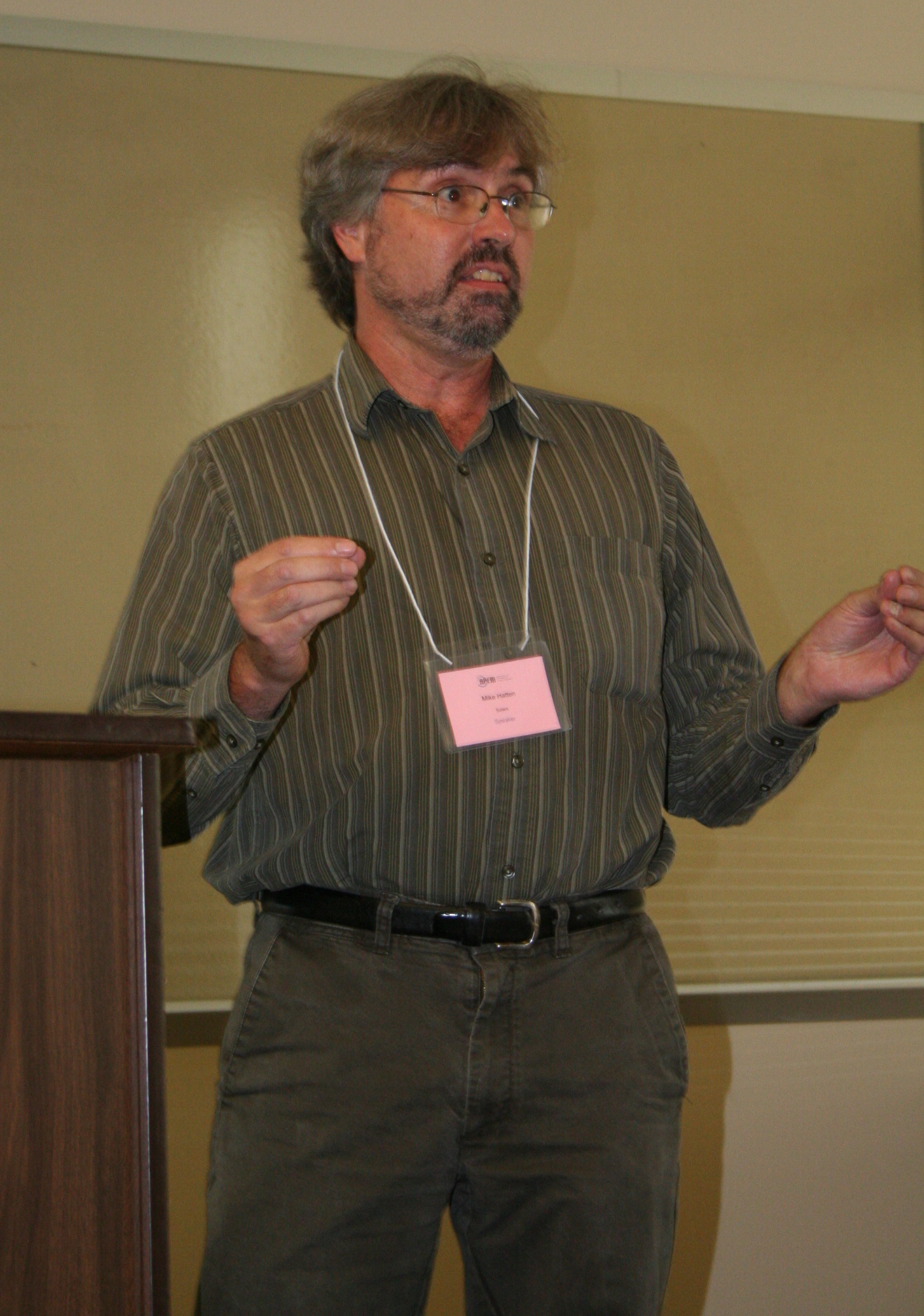Fall 2011 Forum
“Solutions to Maximize your Boiler and Central Plant Operations”
September 30, 2011
Beaverton Round Executive Suites, Beaverton, OR
The Oregon APEM Fall Forum was well attended by about 60 members and guests eager to learn how to improve their boiler operations to reduce fuel consumption and save costs.
The first presentation was “Introduction to Boilers: Boiler Types, Efficiency and Optimization” by Paul Campbell, the Business Development Manager for CHC – Columbia Hydronics Division. Paul explained the differences between atmospheric and fan assist (forced draft) boilers, and between condensing and non-condensing boilers. Paul cautioned the audience to use care when evaluating efficiency because “combustion efficiency”, “thermal efficiency”, and “boiler efficiency” are all common terms that are not always fully understood and are sometimes misused. He pointed out that the AHRI website (www.ahrinet.org) now provides third-party certified combustion and thermal efficiencies of various boiler manufacturers, providing engineers with a means to compare different manufacturers on a level playing field, rather than relying upon the manufacturers un-documented claims. The primary causes of inefficiency or loss from a boiler were identified as flue loss (heat lost up the stack), radiant loss (heat lost from boiler shell and piping), blow down (hot water to drain to remove contaminates) and return water (failing to fully recover energy in condensate). Paul cautioned that while condensing boilers are more efficient because they are able to recover more heat from the exhaust gases, special attention must be paid to properly vent them in order to avoid corrosion from the acidic conditions of the exhaust condensate. Boiler installation issues that need careful consideration are: venting (sizing and proper material), piping, and proper boiler start-up and commissioning. Not all condensing boilers are built alike, and if an exhaust flue is designed for manufacturer “A” conditions, it may not work for manufacturer “B” – therefore care must be taken to review the stack design when changing a boiler manufacturer during a boiler replacement project. The presentation ended with some great example photos of failed boiler projects where expensive lessons were learned the hard way due to improper duct or pipe routing – issues that often result in people blaming the boiler as causing. See His Presentation
The topics of piping routing and controls that Paul Campbell introduced were then expanded upon with a presentation by Jason Patterson from Proctor Sales titled “Boiler Piping and Distribution Control Schemes”. One of Jason’s key points was that one of the largest “hidden” energy losses in a boiler system is due to water flowing through idle boilers (such as a single boiler in a plant that is off while other boilers in the plant are operating to maintain the hot water supply temperature). When hot water flows through an un-fired (idle) boiler, the boiler tubing and stack cause natural convection to draw heat from the water flowing through the tubes and up the stack of the “off” boiler. Isolation valves can be used to prevent this loss of energy, but need to be installed with caution – allowing “off” boilers to cool can cause corrosive condensation that will shorten their life, and the boiler feed water pump rate and max flow of the “on” boilers also need to be considered. Jason discussed options for using variable speed drives on boiler feed-water and hot water circulation pumps, as well as common symptoms of low flow (boiler shutdown on “high limit” or short-cycling). Jason cautioned not to trust the manufactured provided minimum flow rates as true minimum flow is dependent on both the boiler and the overall system piping configuration. See His Presentation
Peter Larro and Barry Jostol of Mechanical Sales, Inc. – Portland then presented on high efficiency burners and “linkage-less” controls. The driving force for not using a single actuator with proportional linkages (aka “jack-shaft”) to control both the fuel and air controls is to optimize combustion efficiency across the range of firing rates. The technology has been commercially available for over a decade and is well proven as reliable and with documented performance gains. The primary problem with linkage controls is that there could only be one firing rate that optimized the fuel-air ratio – and any other operating point, either higher or lower load, was not optimized. To keep the boiler safe (due to incomplete fuel combustion and generation of carbon monoxide) the boiler was adjusted to always have slight excess air across a range of operating conditions. Excess air is inefficient because this results in reduced combustion efficiencies. They discussed in some detail linkage-less controls available as a retrofit kit from four different manufacturers, and discussed the differences between them and some of the options available on the more robust systems, including the ability to monitor the boiler exhaust gasses and make automatic adjustments to optimize the efficiency. See Their Presentation
The Energy Trust of Oregon made a short presentation reminding attendees that there are incentives available for gas savings form boiler improvement projects for customers of Cascade Natural Gas and NW Natural. More information can be found at the Energy Trusts websites: www.energytrust.org, http://energytrust.org/residential/incentives/heating-and-cooling/gas-boilers, http://energytrust.org/trade-ally/programs/existing-commercial-buildings/incentives/natural-gas, and their Industrial and Agricultural programs: http://energytrust.org/industrial-and-ag/.
The final presentation of the forum was made by Mike Hatten PE, Principal, SOLARC Architecture and Engineering Inc who conducted a performance and optimization study for the City of Beaverton on the central plant systems of the Beaverton Round. The original design consisted two condensing boilers and one large non-condensing boiler, and a high efficiency water-cooled chiller. The design was a Hartman Design which incorporates VSDs on all of the pumps and cooling tower fans. Some of the interesting findings of the study were that despite having full air-economization capabilities, most energy was used during periods of the year when outside air temperatures were less than 60F. High heating loads were found at night when office buildings were unoccupied due to reheat. During the site investigation of the facilities, it was discovered that the air economizer dampers were not working properly, and that there were control issues that caused the chillers to come-on occasionally when load conditions did not require mechanical cooling. Overall, the chillers were found to be performing below the efficiency ratings projected in the original design. Mike explained that the chillers were installed with extra capacity to allow for future tenant development in the complex up to 600,000 square feet, but due to the downturn in the economy the actual grown has not been realized and currently conditions 330,000 square feet. Because the systems are over-sized the chillers are operating at very low loads for most of the year, which results in a reduction in efficiency of around 1.7 kW/ton. Despite this result, Hatten emphasized that the chiller system was well designed and that the chillers would be performing at the projected efficiency (0.65 kW/ton) if the tenant expansion had occurred. The overall central plants are performing with an annual energy use of 7.1 kBTU/square foot/year of electricity, and 32 kBTU/sf/year of natural gas. See His Presentation
The day ended with a tour of the very clean Beaverton Round Central Plant, including their central boiler plant and chiller plant. During this tour we found out that the boilers had been cycling frequently, which led to premature failure of the heat exchanger, and this had been further investigated by the owners and found to be caused by one of the boilers flowing water through while it was not on. The owner added isolation valves to stop flowing water through the off boiler, which eliminated the short cycling. Many attendees remarked at how well labeled the facility was. It was noted that there was LED “accent” lighting on the equipment. The tour group asked a number of informed questions of the specific challenges of operating the Central Plant under the current low-load conditions since the development is not complete and a number of the buildings the Central Plan had been sized to support have either have not been built or are not at full occupancy.
Presentations:
Jason Patterson, Proctor Sales
